Amenities are what attract people to places, encourage them to linger for a while, and lure them back again and again. If we want to make places that people choose to spend time in and return to, we have to add amenities that make the experience of being there comfortable and pleasant. These amenities include shade, seating, refreshment, bollards, and more.
Nobody wants to sit in the scorching sun or be forced to stand while eating their melting ice cream. They want to relax comfortably and enjoy themselves. Amenities are how we make that happen. They are the fundamental components of great public places.
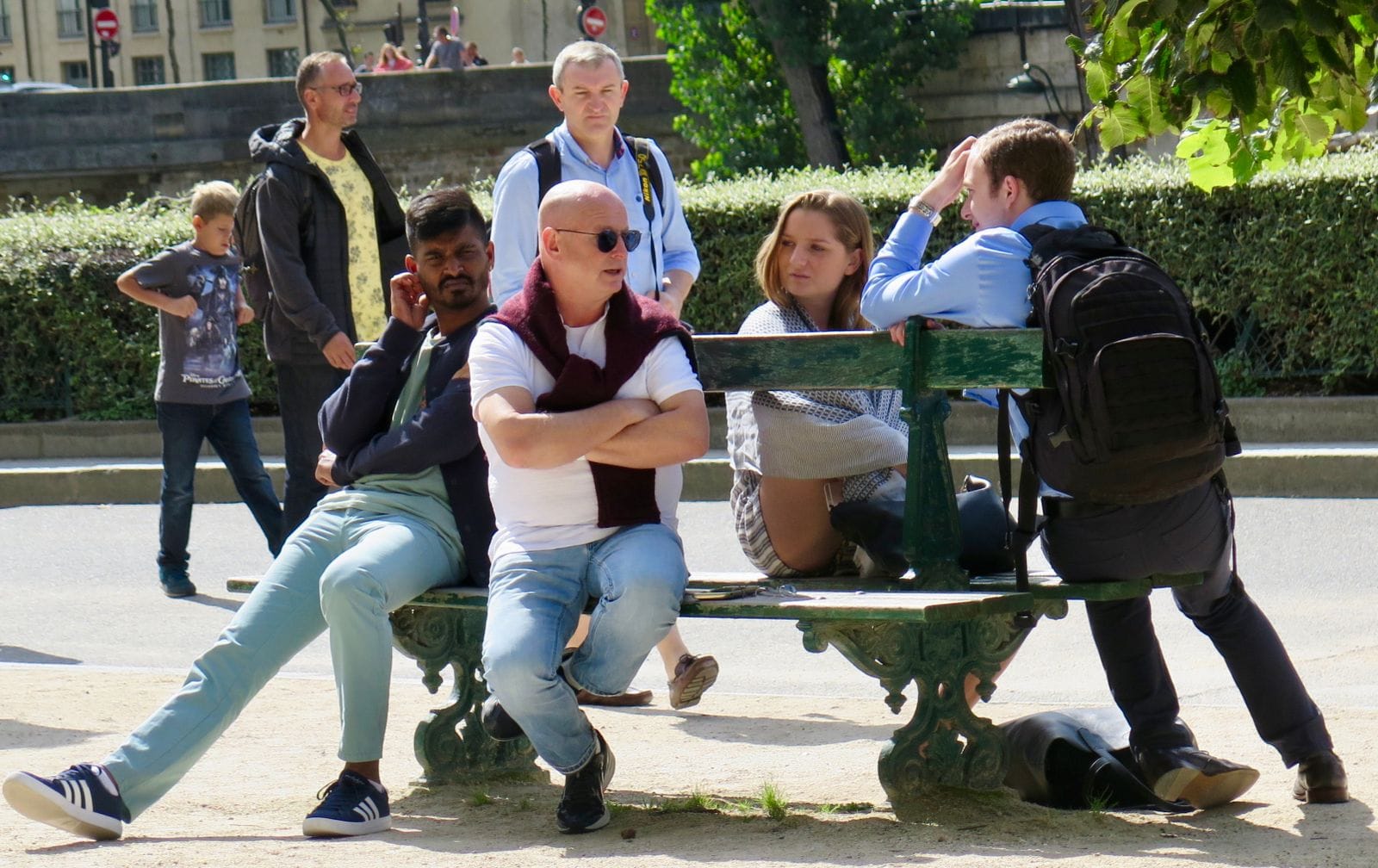
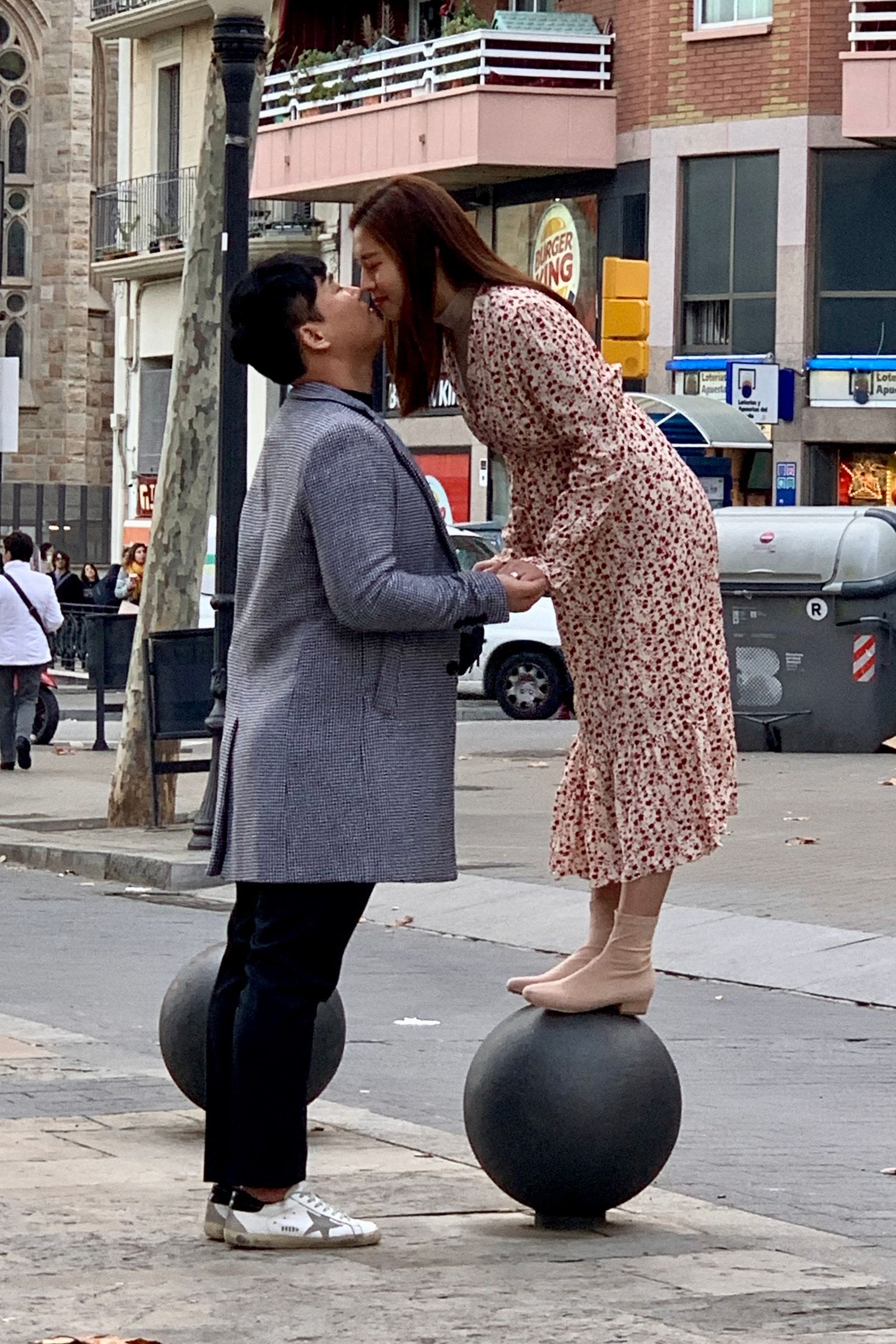
Seating, bollards, refreshments and shade are key amenities for public places
What not to do
So many parts of our cities claim to be public places but offer nothing to attract the public. We have an abundance of featureless squares, bare sidewalks, and empty parks. Why should anyone choose to visit, linger in, and return to such uninviting places?
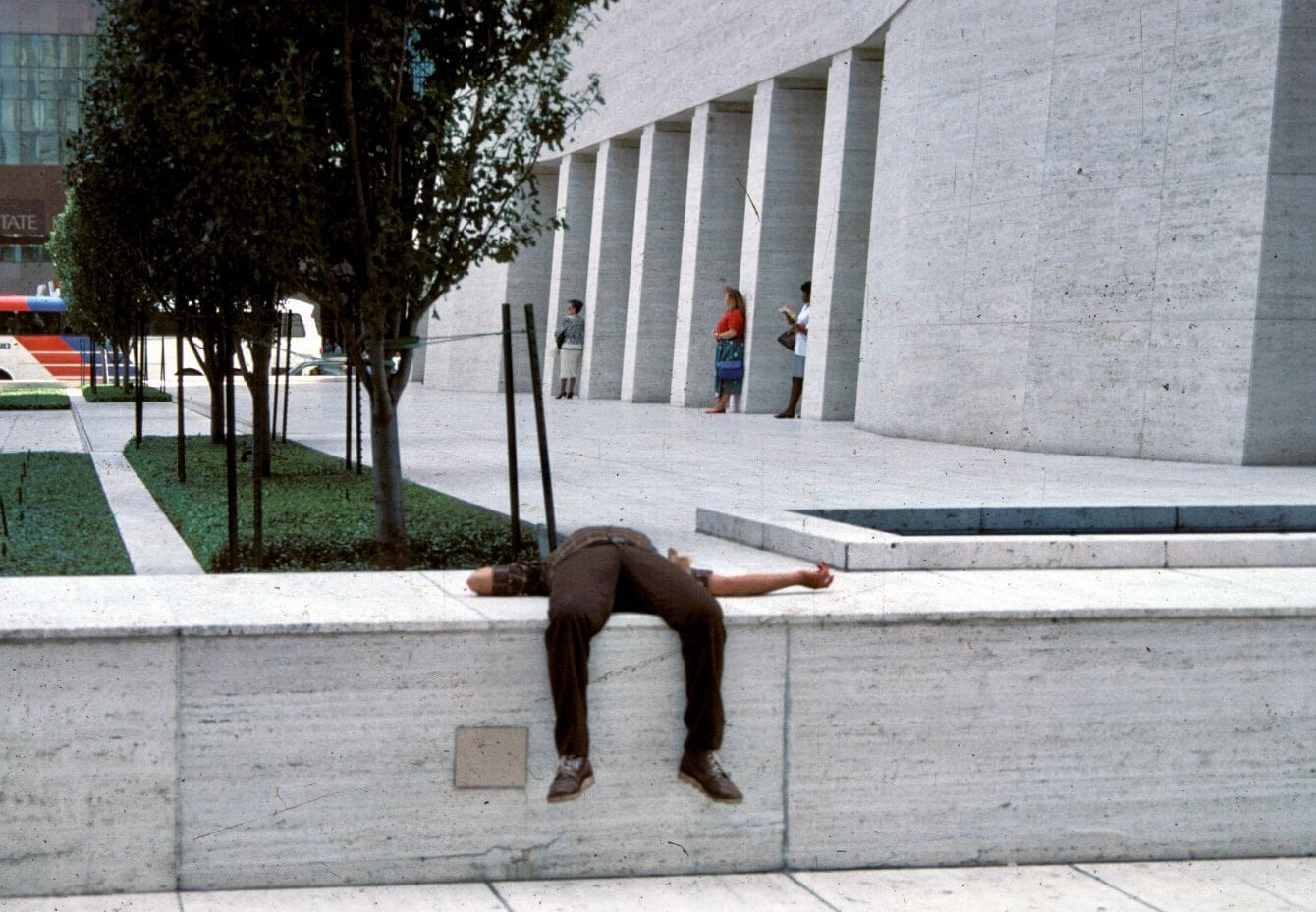

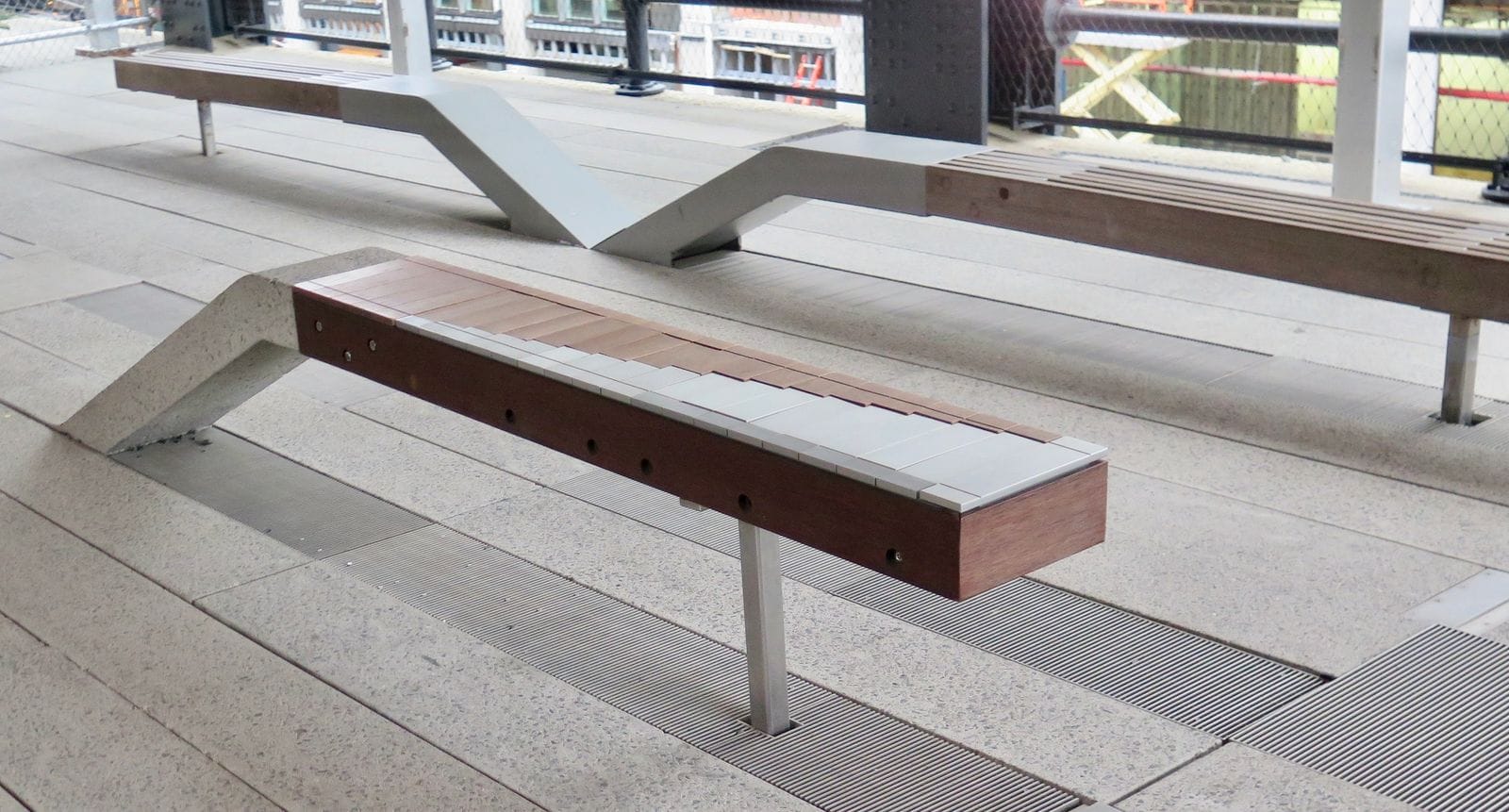
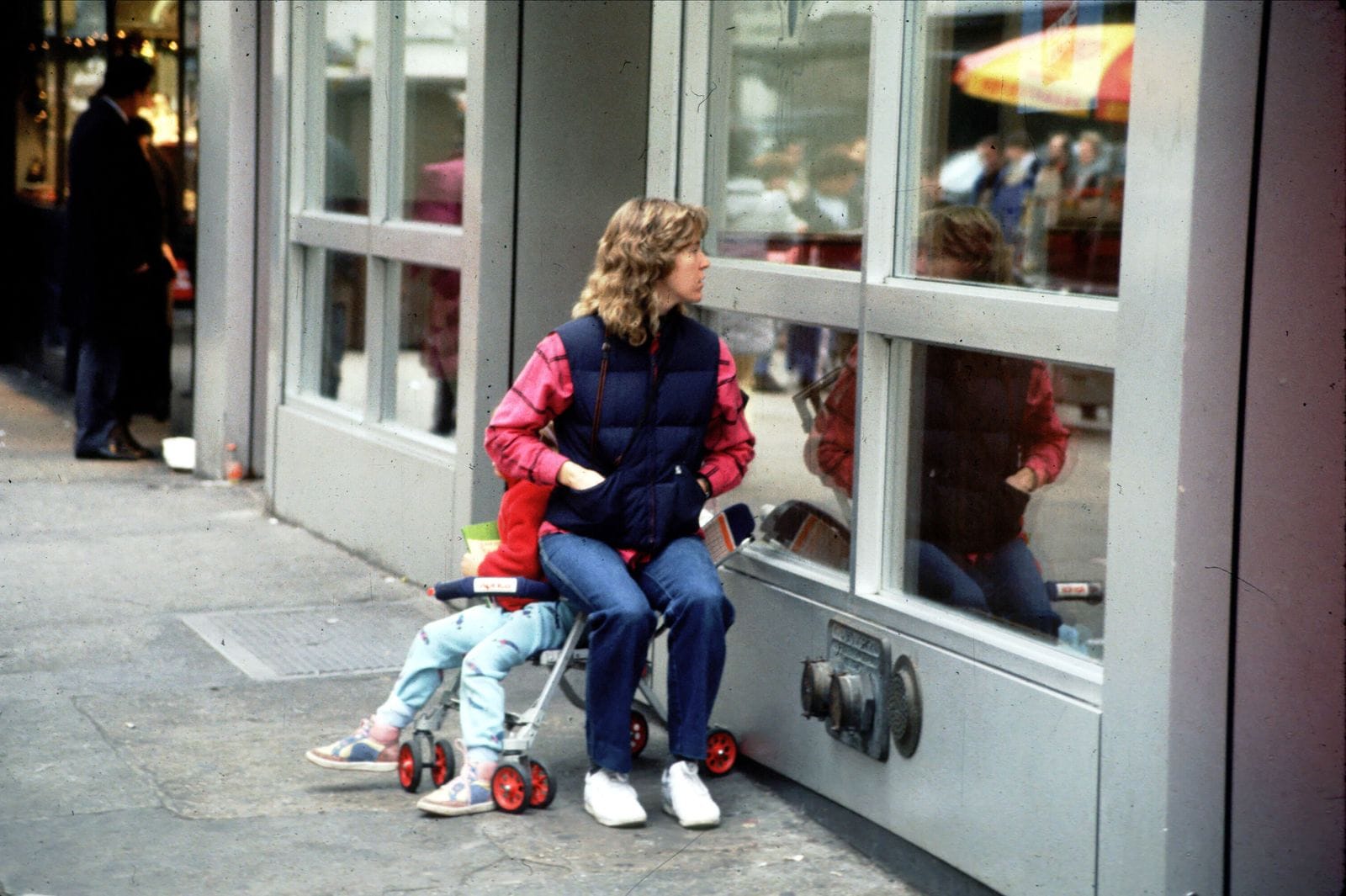
Public places with zero or unsatisfactory amenities
We at Social Life Project have even been known to not use the term "park" anymore because of how that word has become associated with poorly designed green spaces where there is nothing to see or experience. We prefer the term "pleasure garden" which is what public parks were called in the past when they were designed to be enjoyable through the addition of a variety of amenities and activities.
Amenities are essential to a great public place. Amenities are what transforms a space into a place. They are its building blocks. The more amenities, the more people, the better.
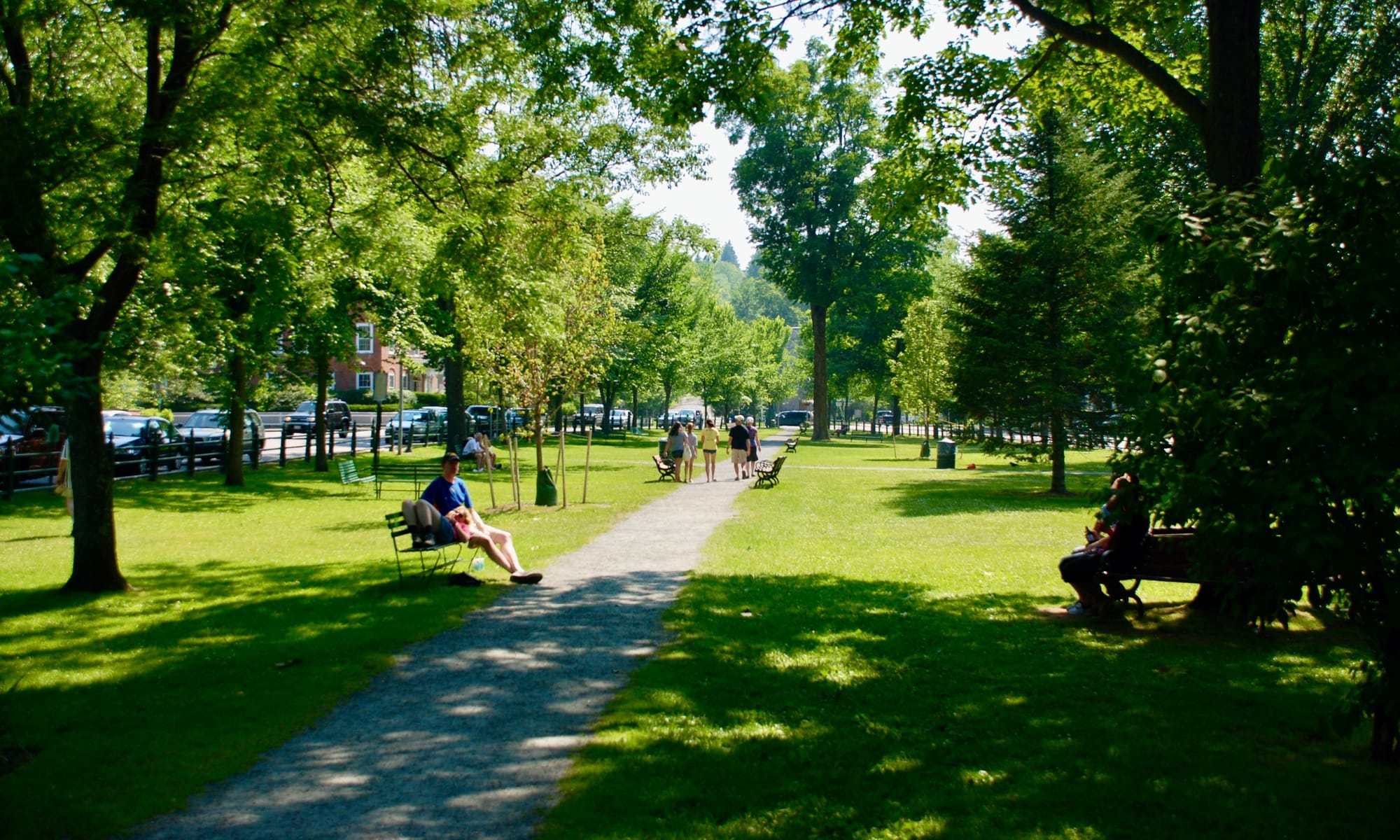
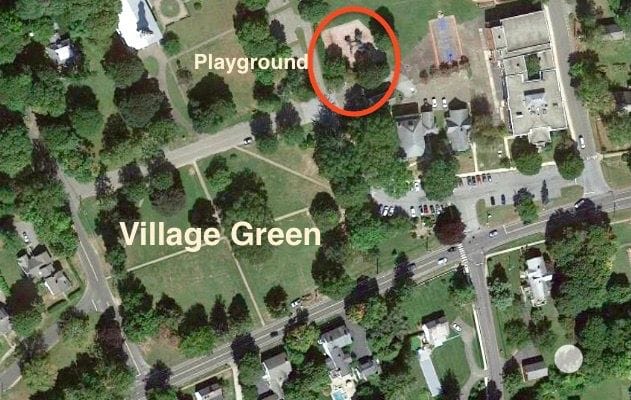
"Park"
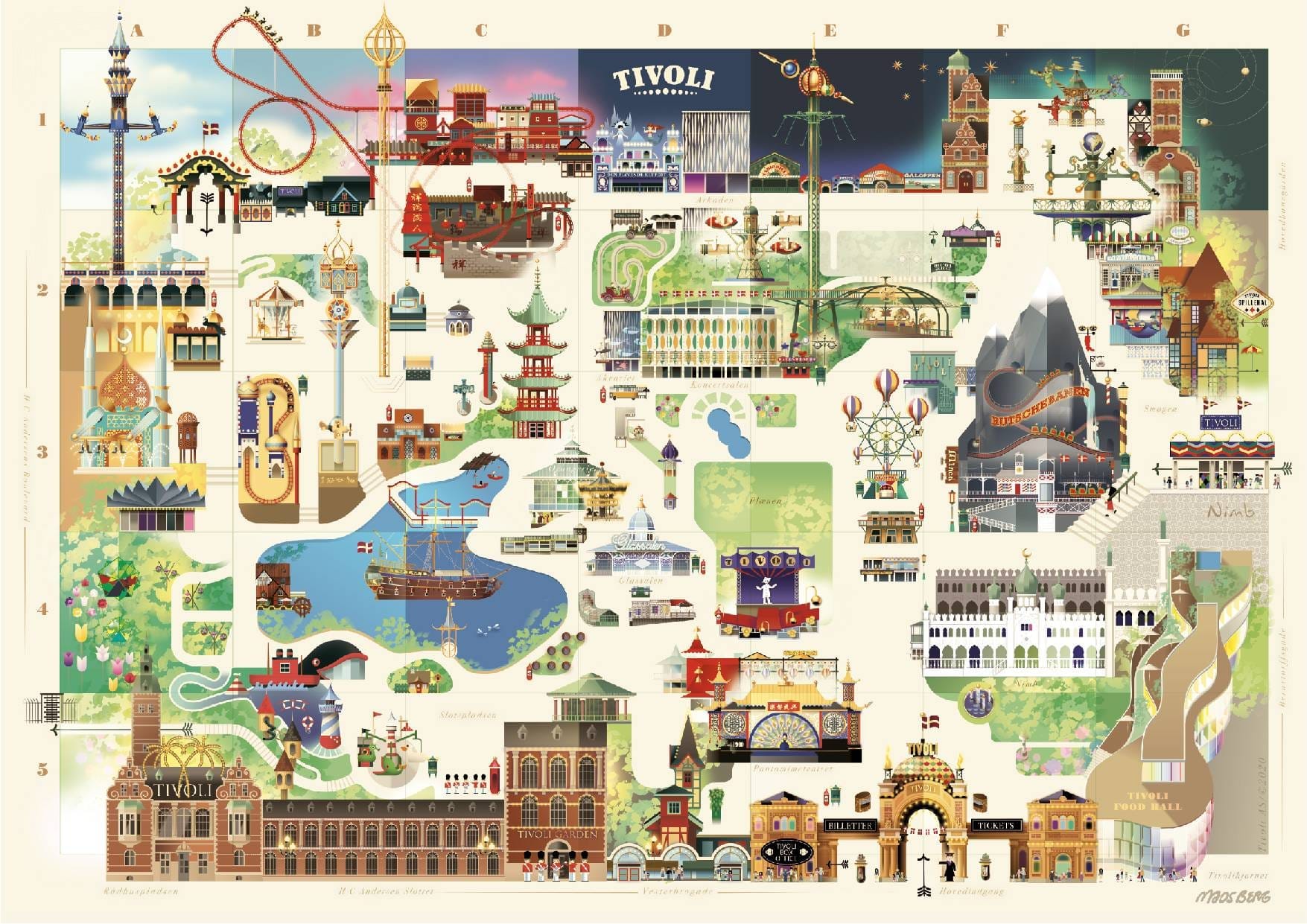
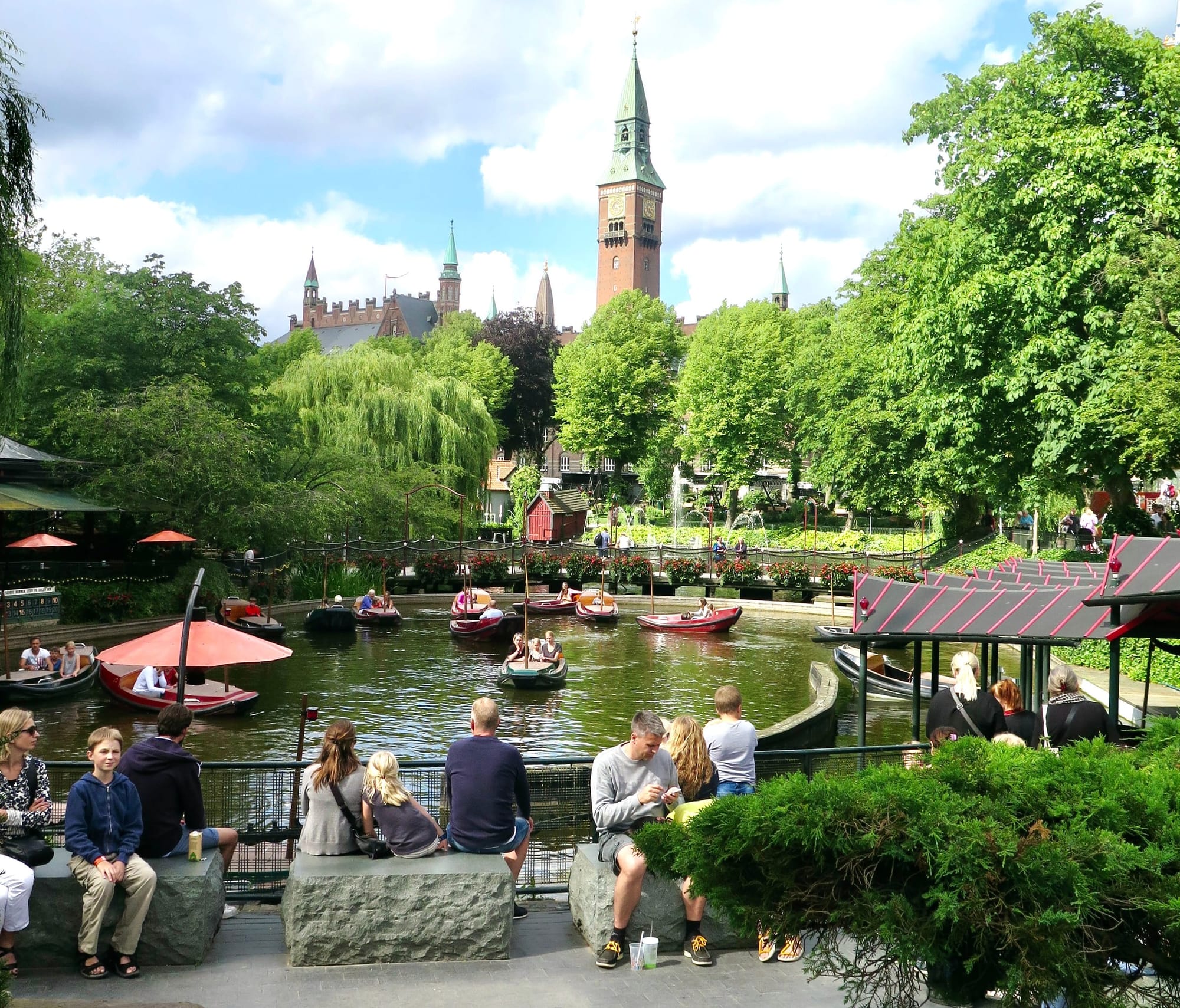
"Pleasure Garden"
At Social Life Project we write extensively about amenities. Below you will find our top posts on the subject.
Seating
A seat is more than just a seat. It can be a social catalyst, an invitation to participate in public life, or even an iconic piece of art. Seating is the essential furnishing in a public space.
Seating is a requirement for great places because everybody wants or needs to sit down once in a while, whether it be because we are tired, hurting, or simply because we want to take a rest and talk with a friend. Putting seating in an area communicates that it is a place for people and that people's comfort is valued there. This makes it a welcoming and pleasant place to be in.
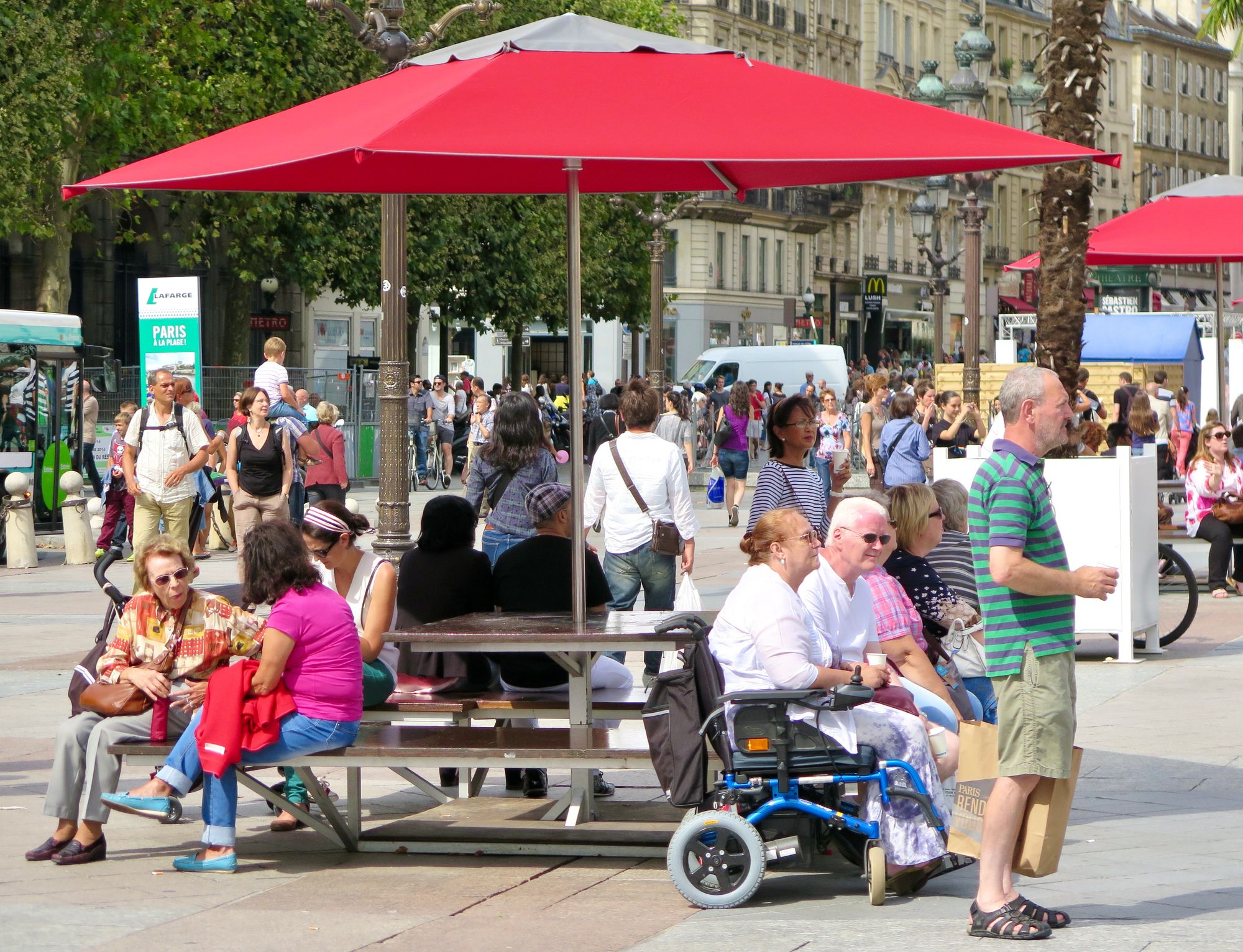
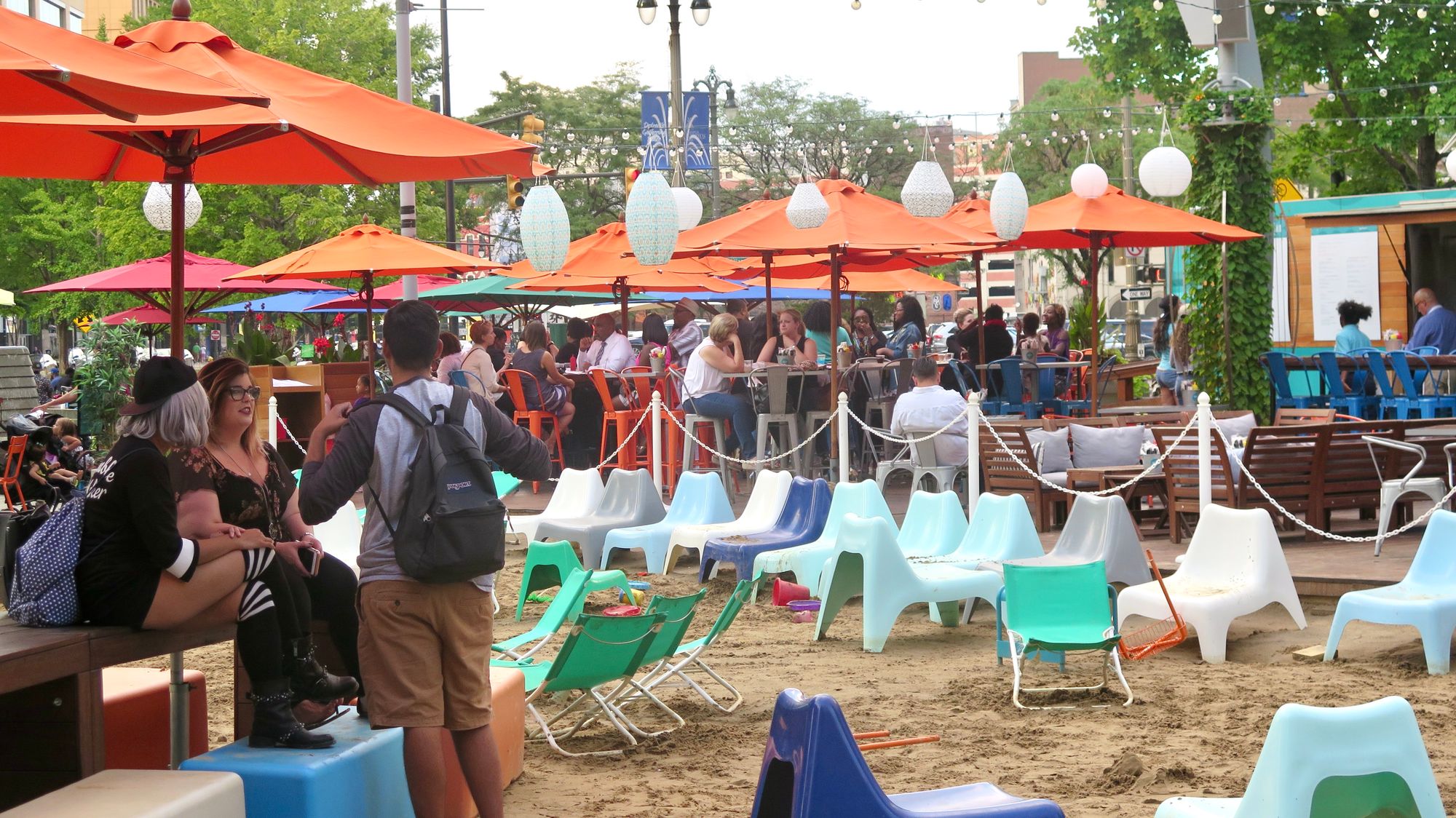
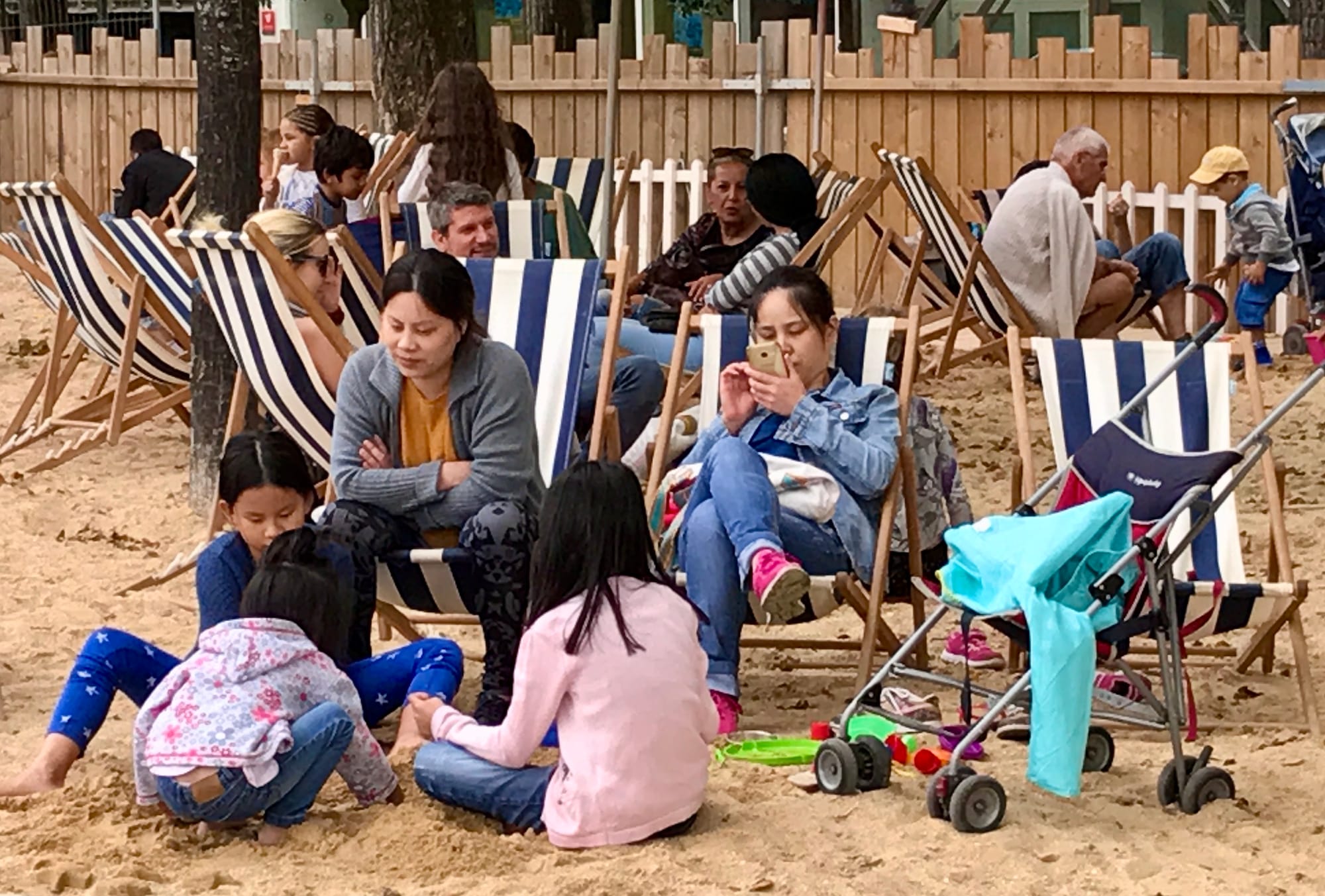
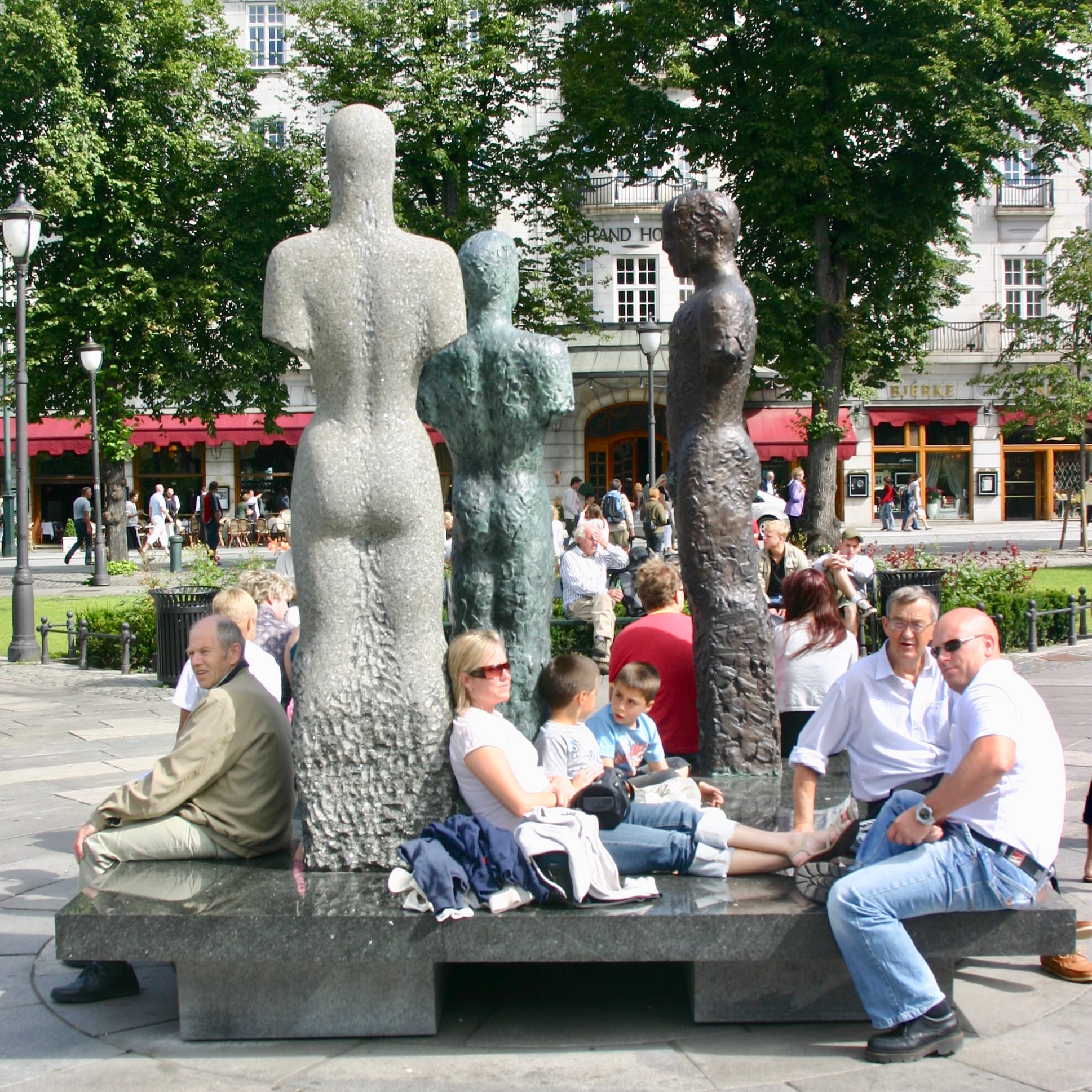
Paris, Detroit and Oslo
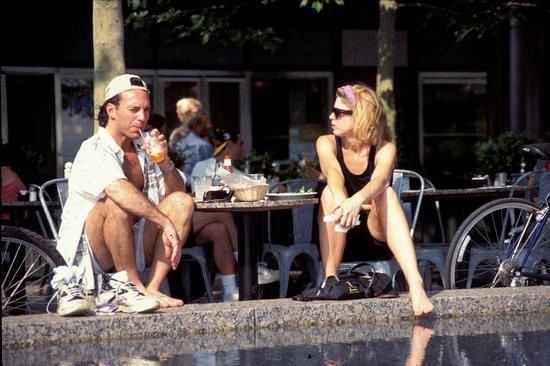
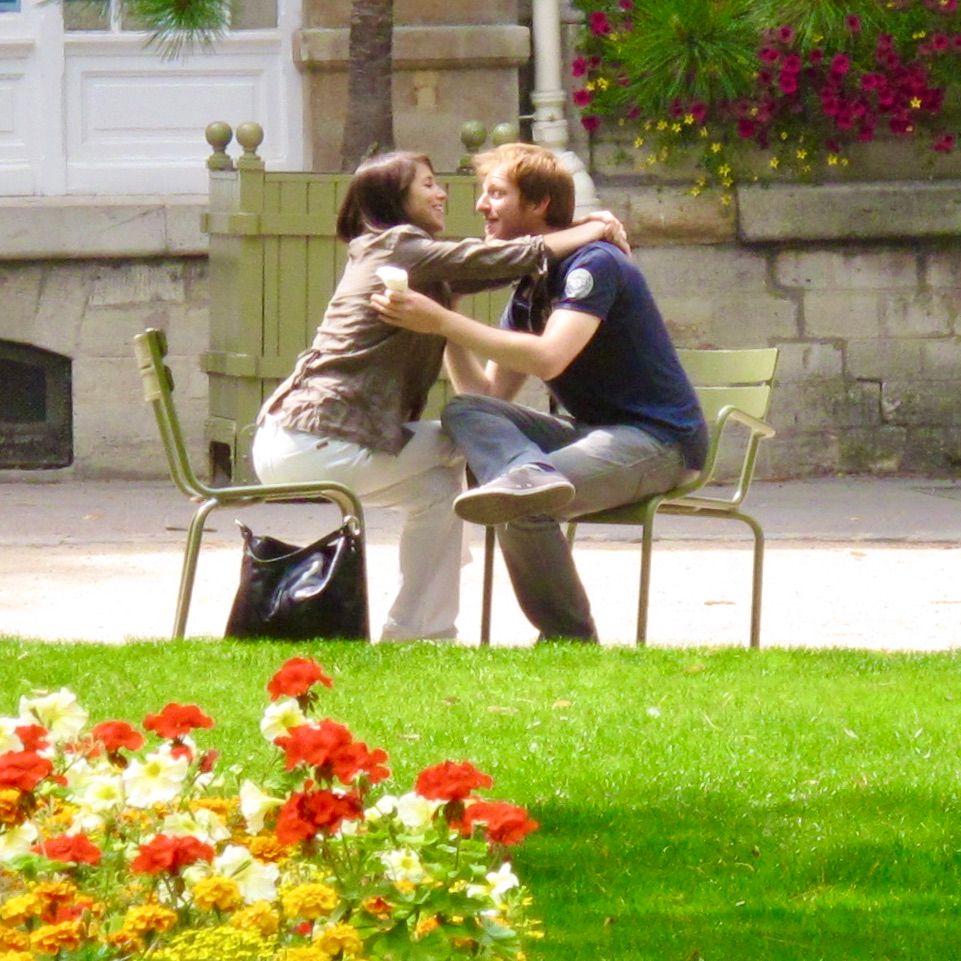
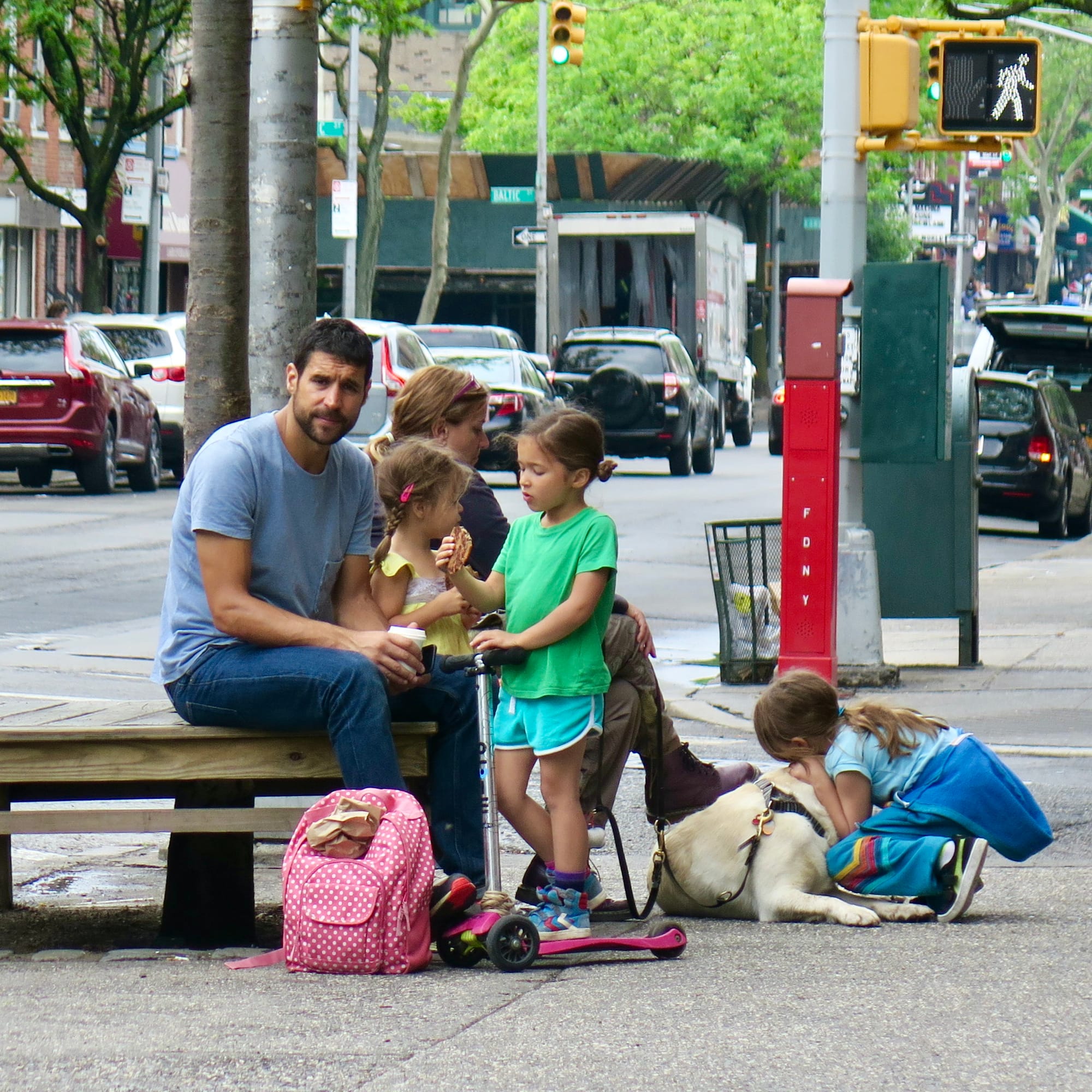
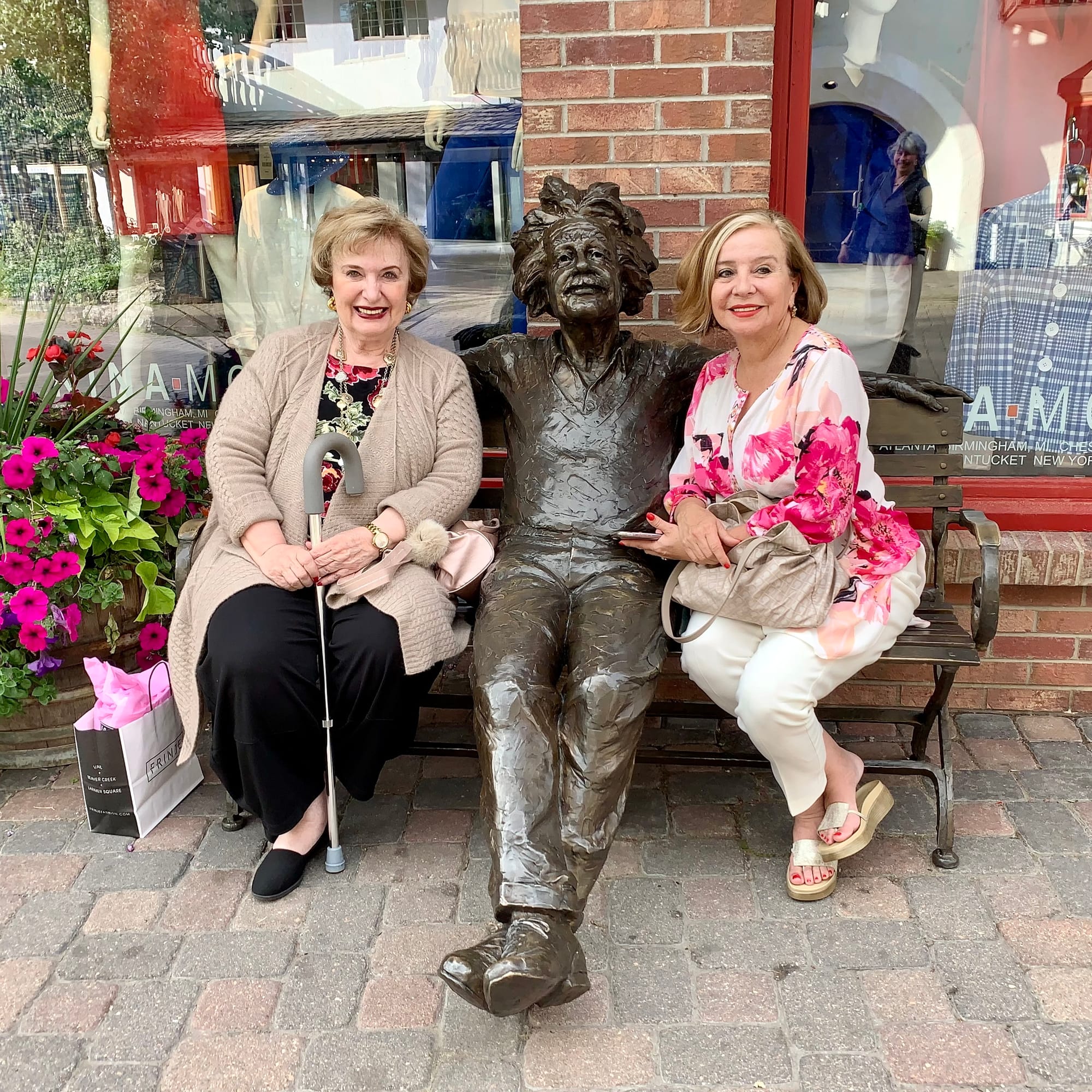
Detroit, Paris, New York and Barcelona
Articles on Seating
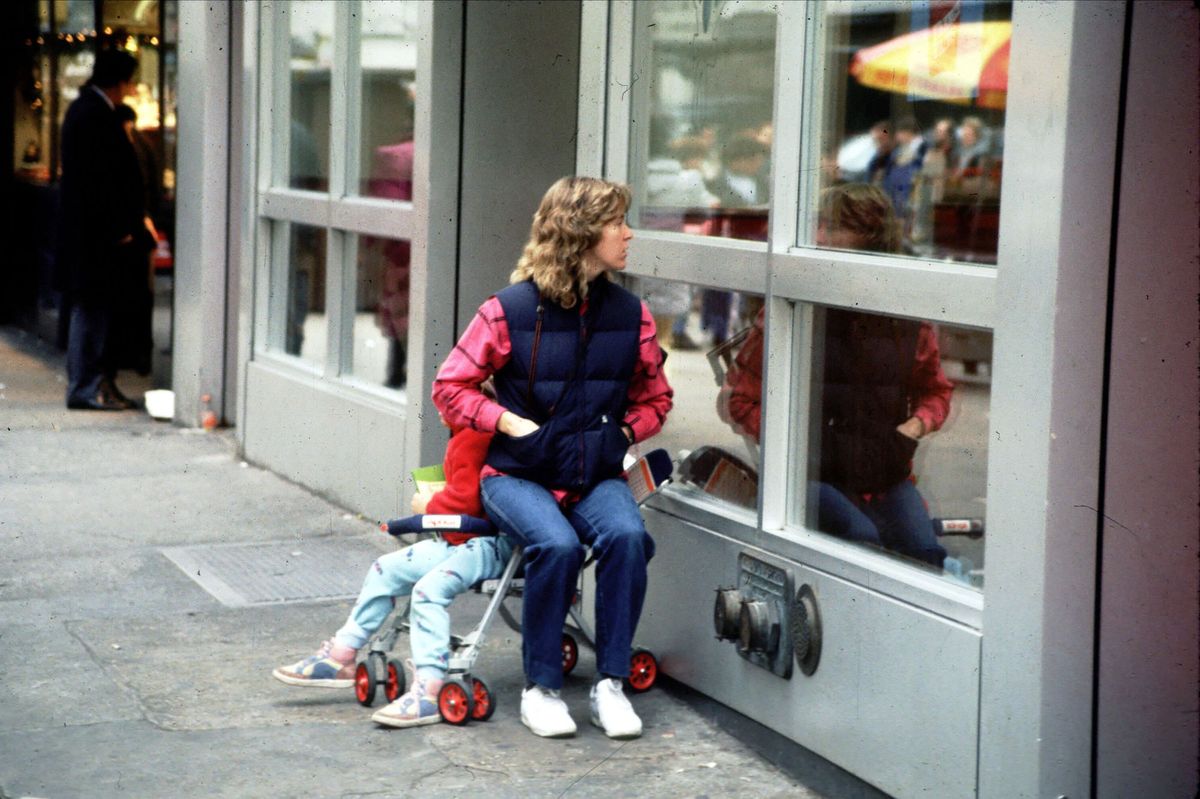
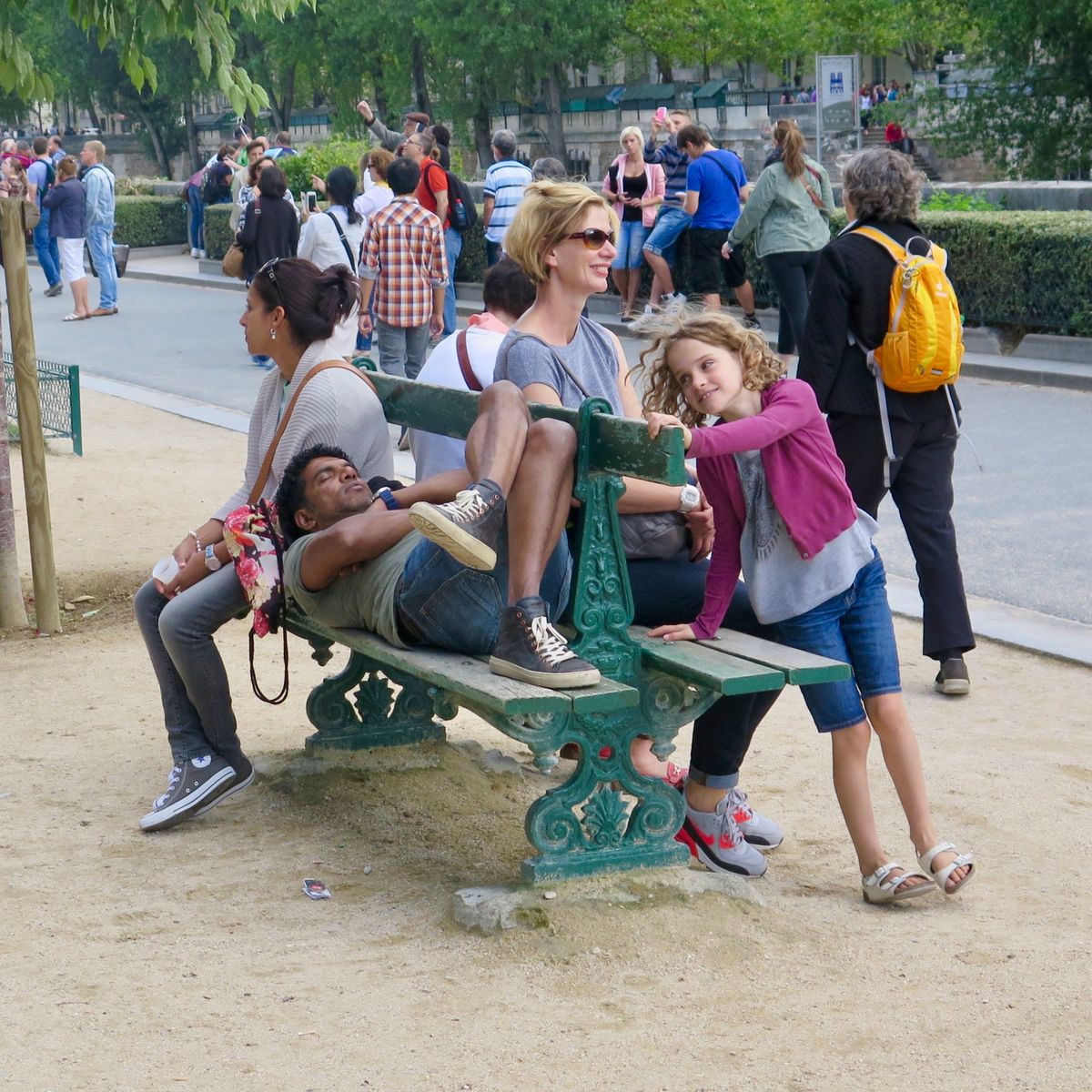
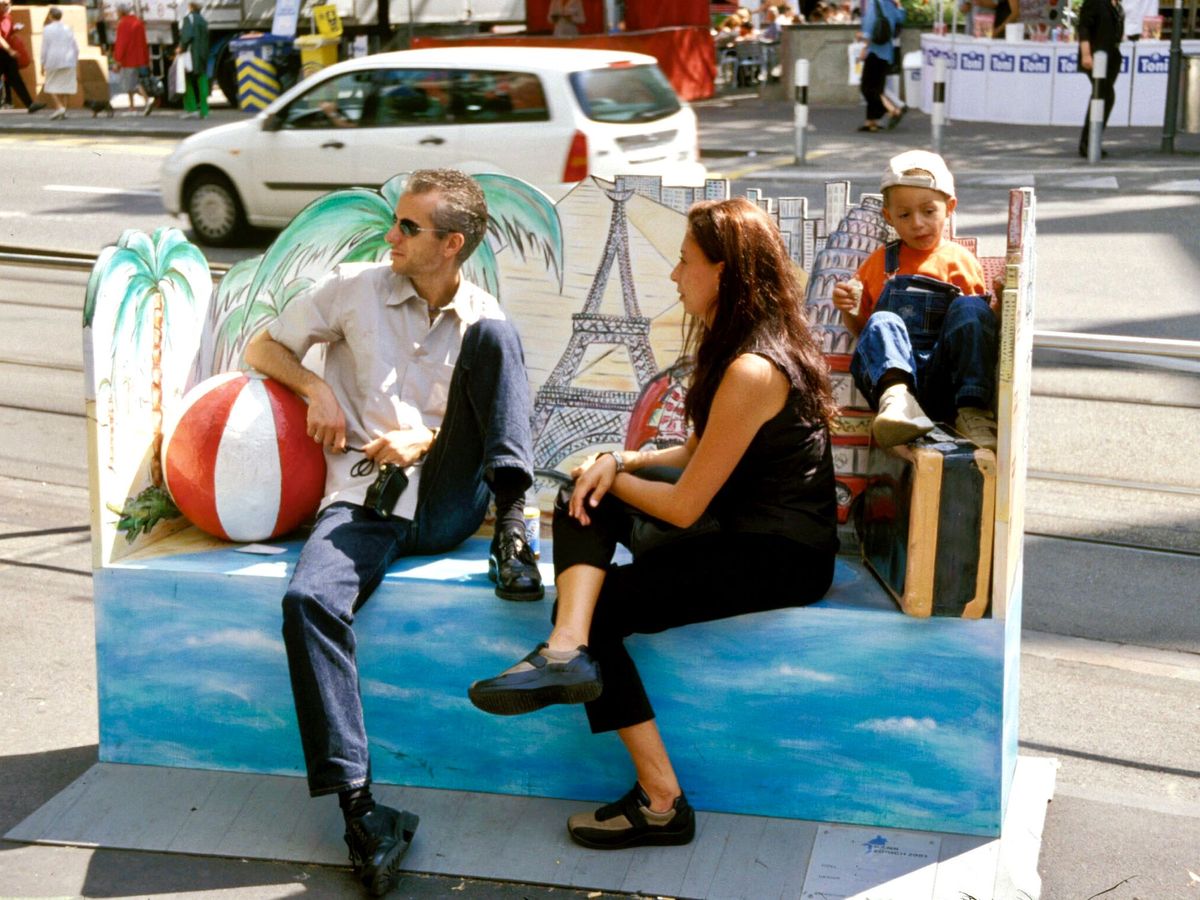
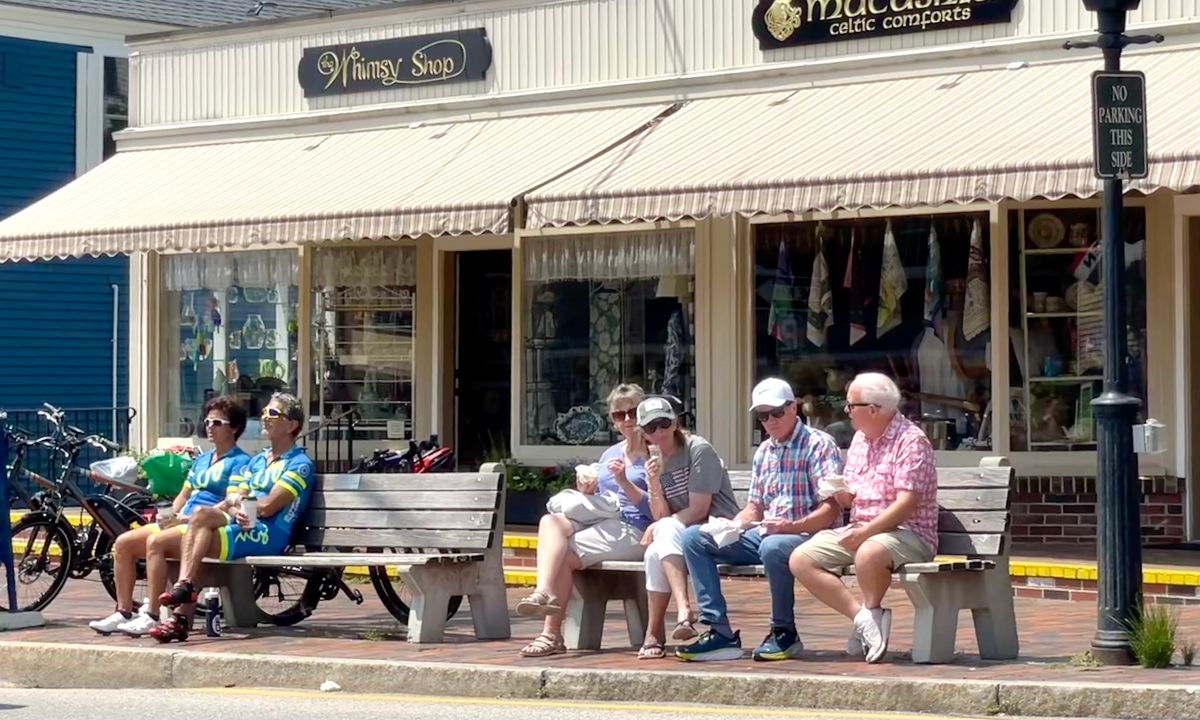
Paris Seating
Many of our articles on seating discuss the seating options in Paris' public places because they have such great examples of varied, comfortable benches and chairs. For instance, along the Seine there is a wonderful example of how simple planks can be used for a comfortable and multi-functional seating option. The layered design allows for casual seating in a variety of configurations that lets people rest however they please. Seating doesn't have to be fancy to be effective.
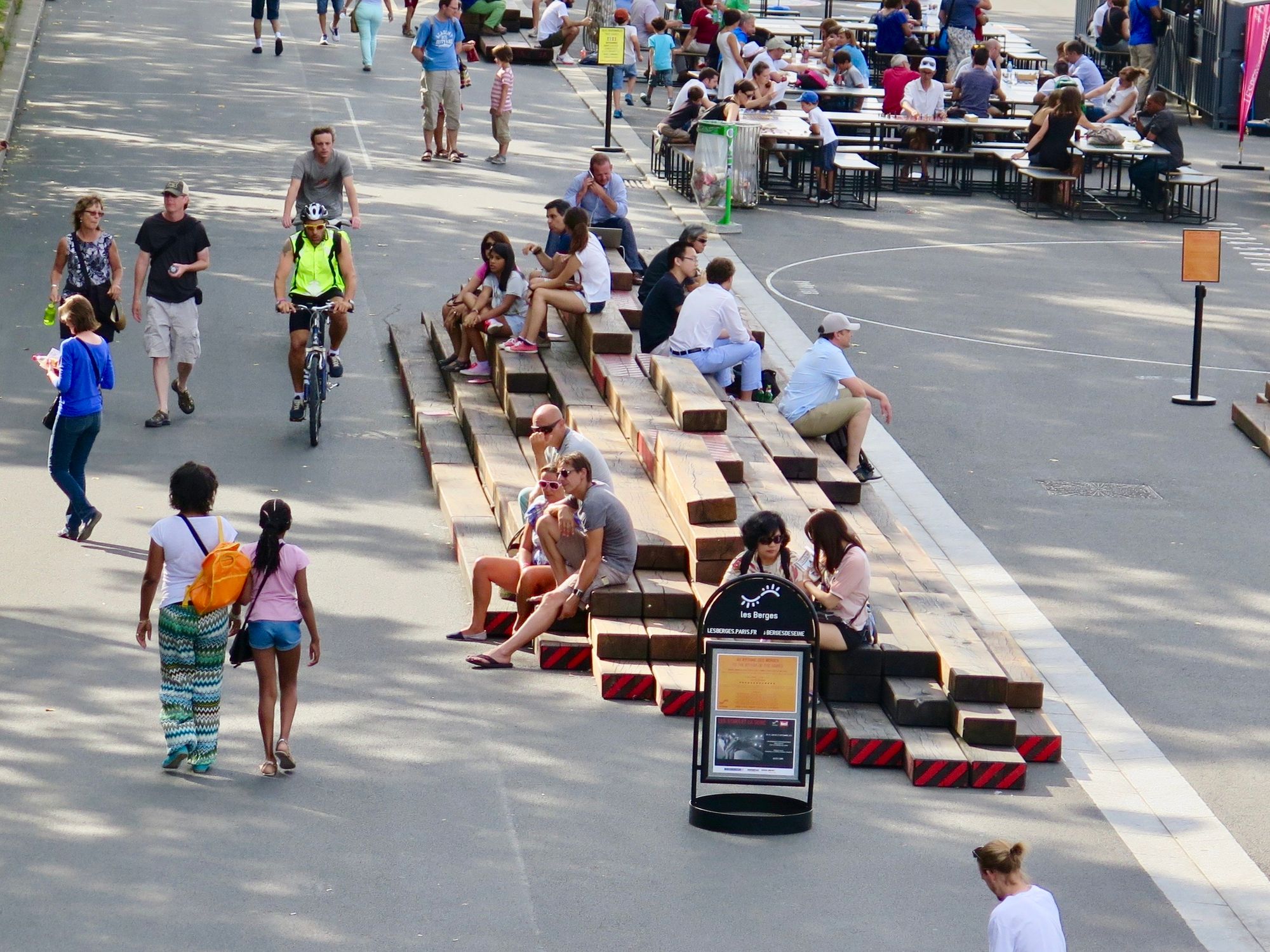
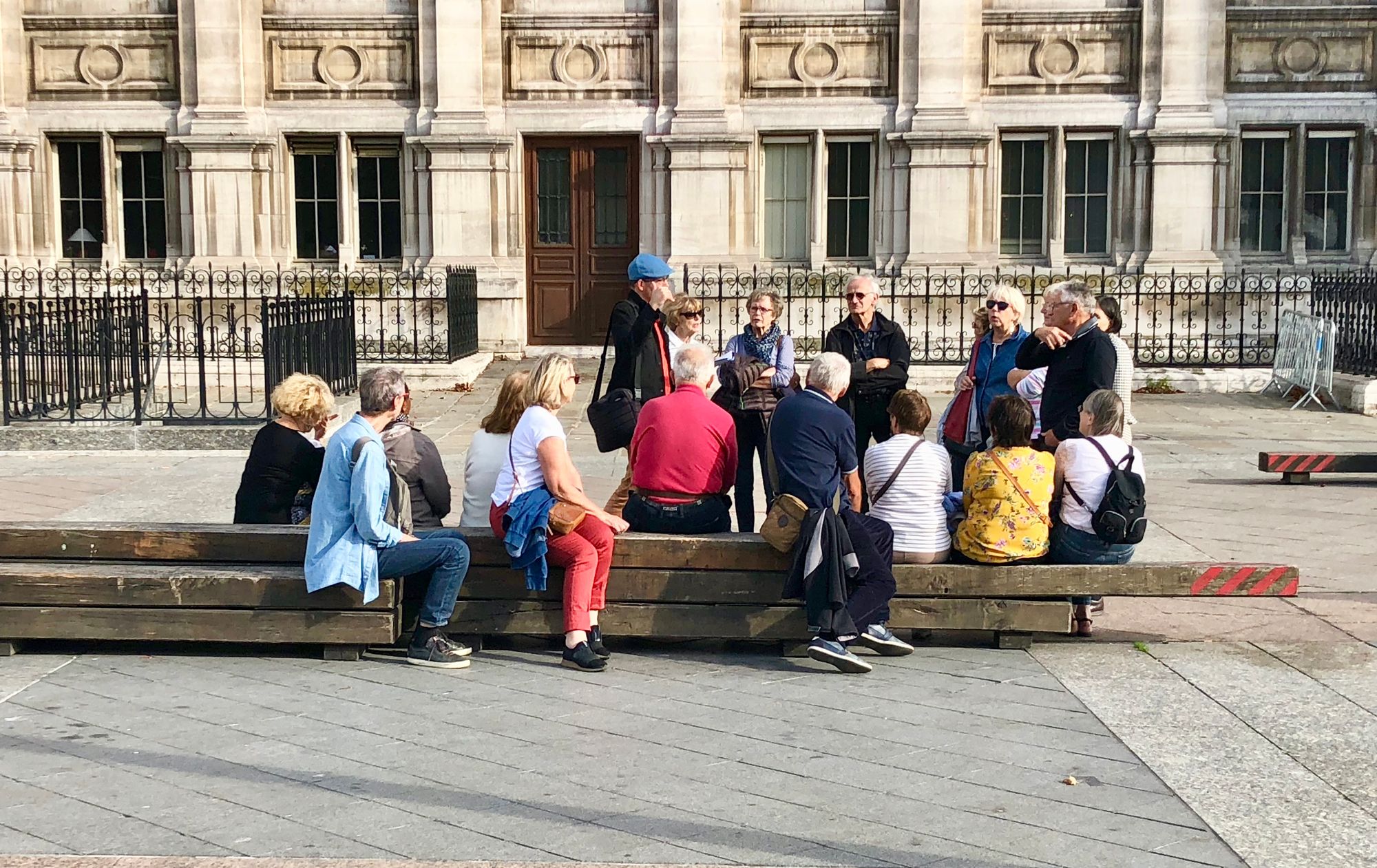
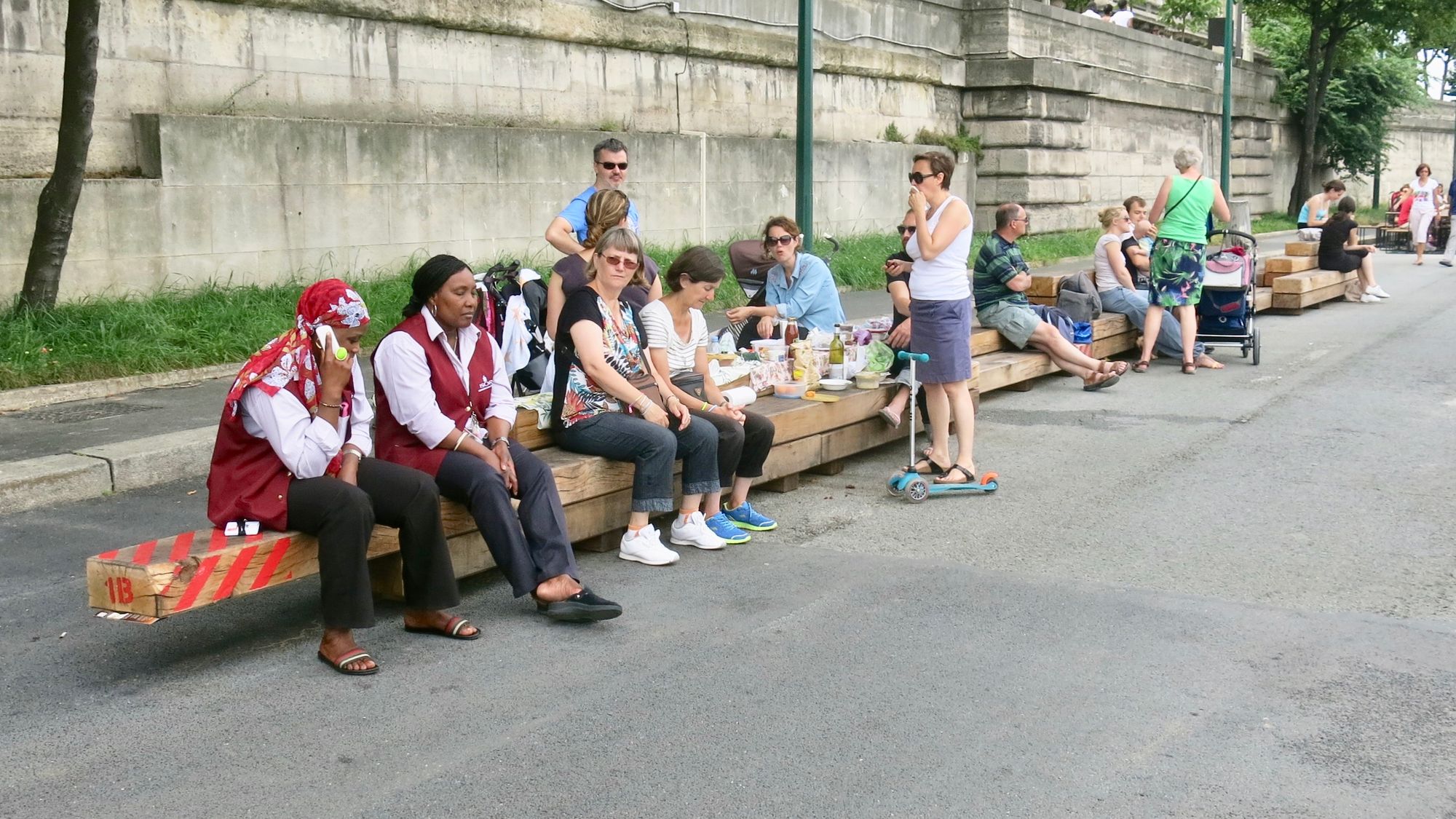
Luxembourg Gardens is another beloved public place in Paris that offers a beautiful setting to relax, eat, or stroll. Most of all, it offers plentiful opportunities to take a seat with its 4,500 moveable chairs.
The fact that they're moveable is key to their success because it allows people to rearrange them however they wish – to sit alone far from others or together with friends, to move into the sun on a cool day or into the shade on a hot one, to put a couple chairs together for a nap or next to the path to watch the parade of park-goers. The mobility of the seats allows people the freedom and control we humans are drawn to. The garden also offers a variety of benches to share with friends or friendly strangers.
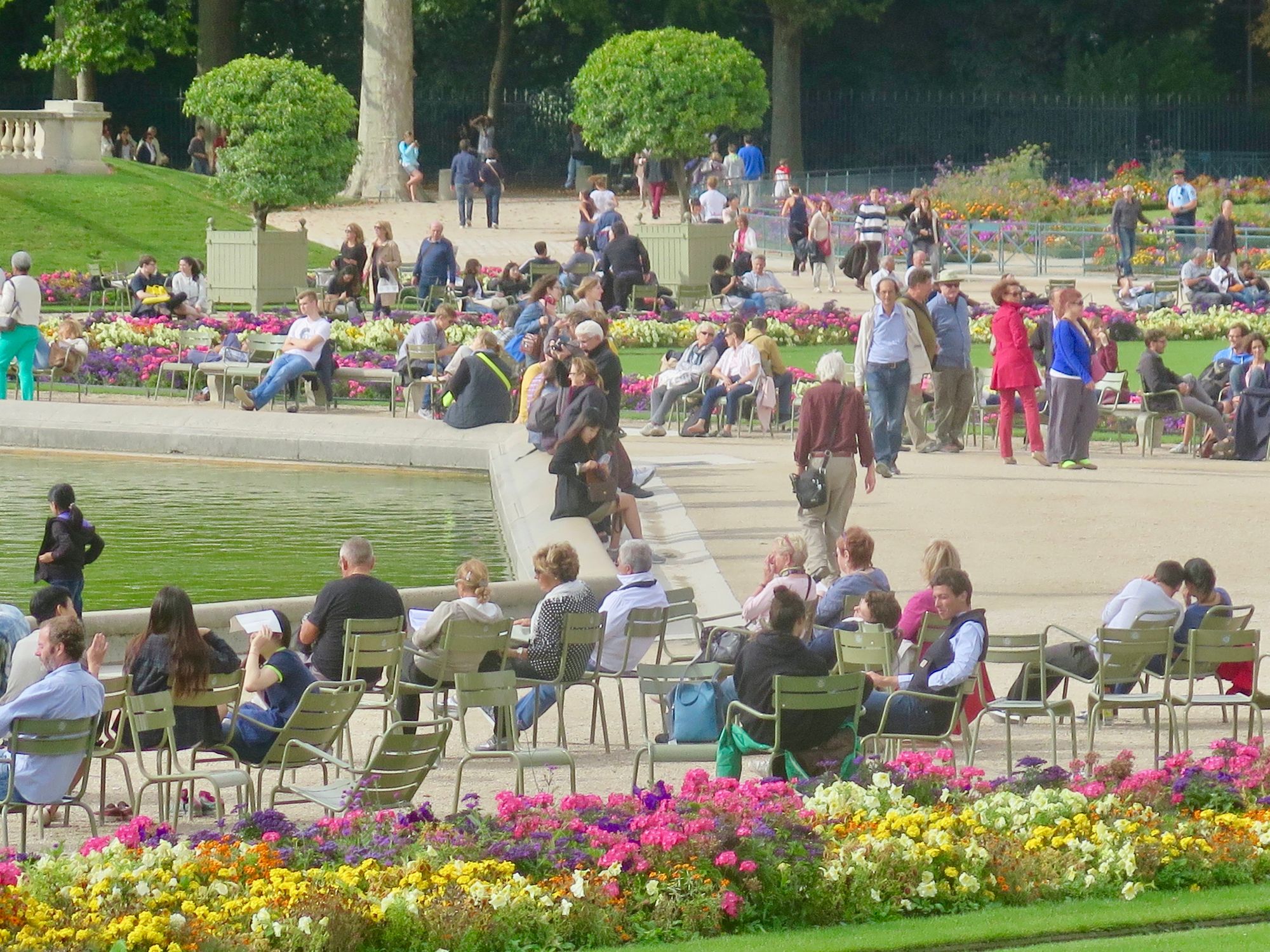
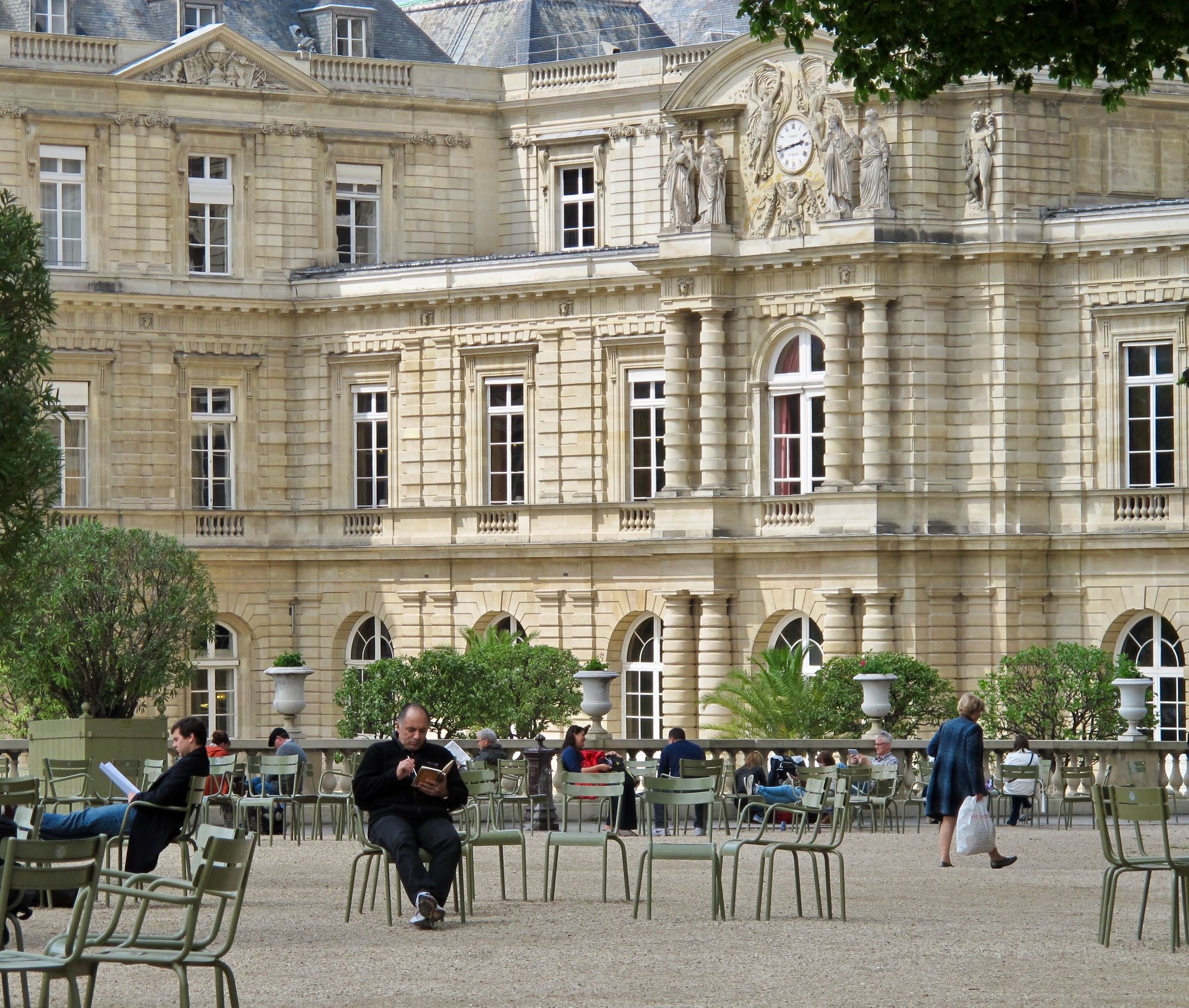
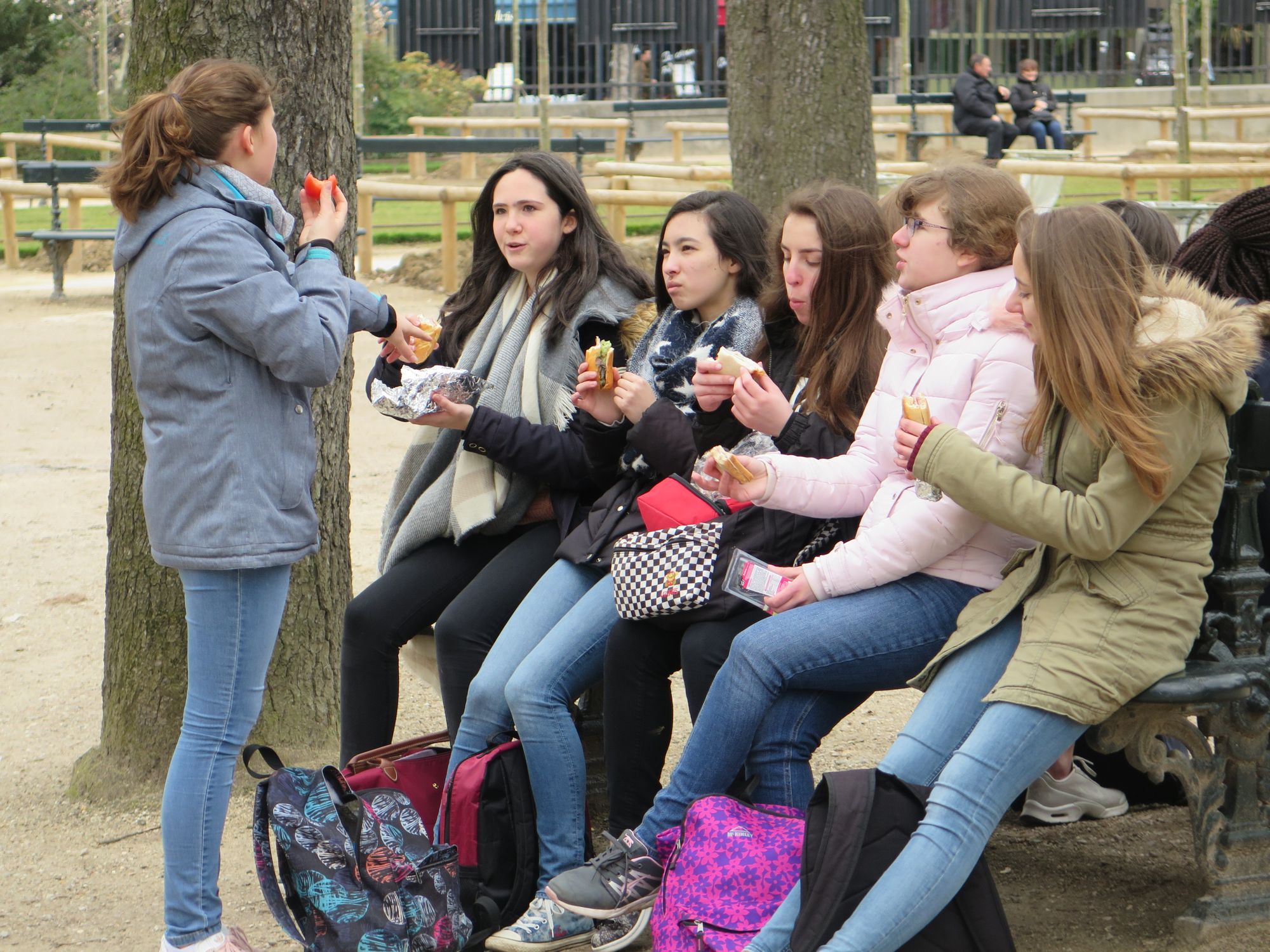
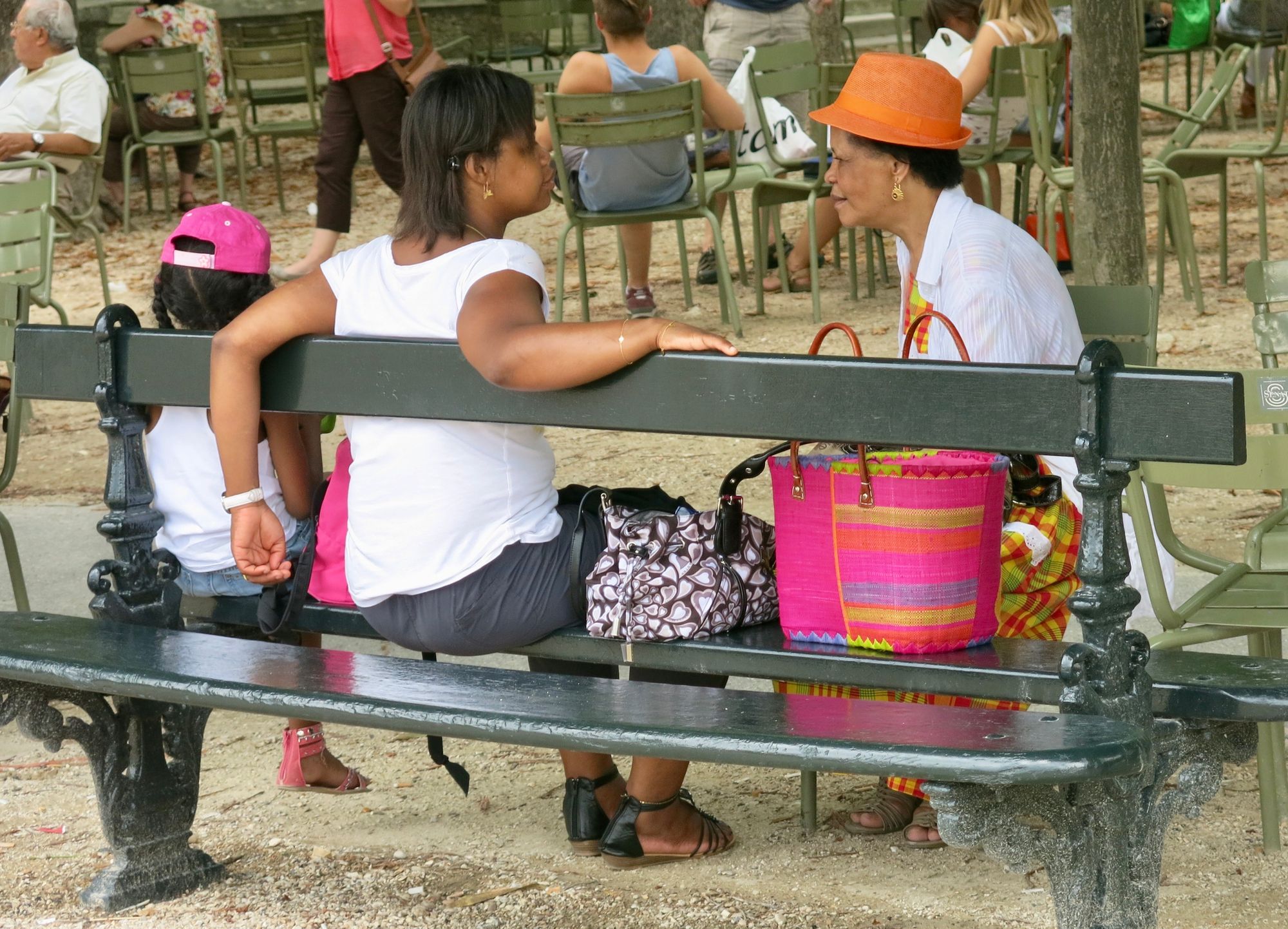
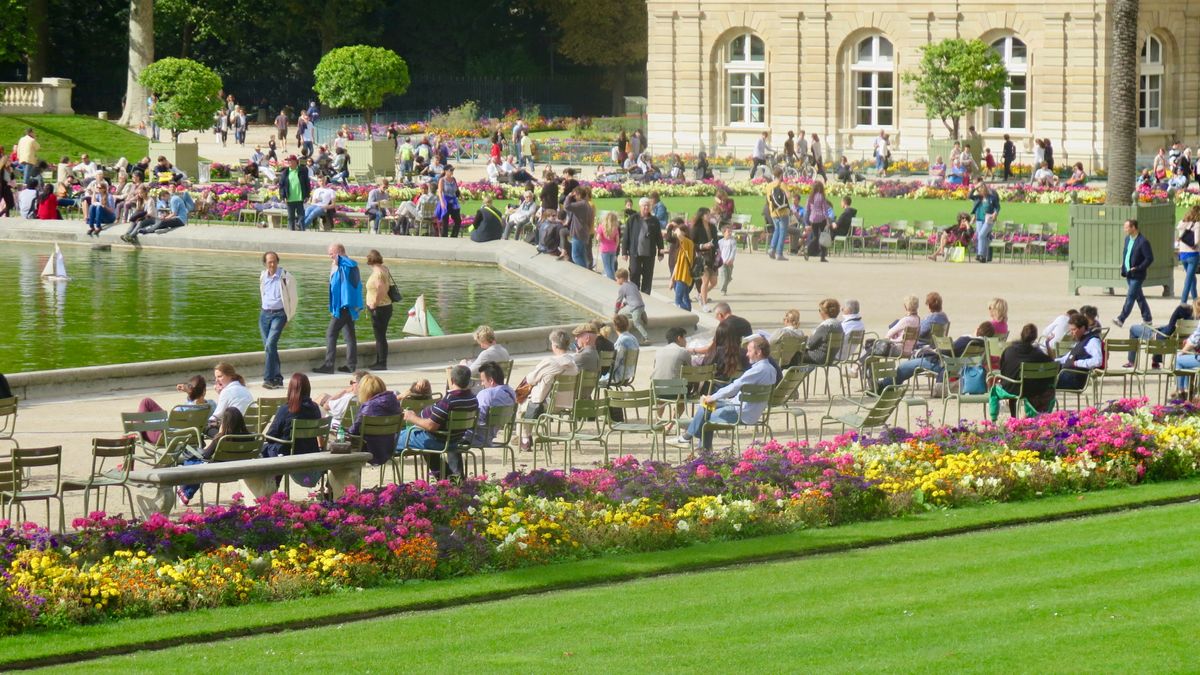
Bollards
Bollards are important amenities for several reasons. On the one hand, they protect pedestrians from cars by providing a structural separation between the sidewalk and the street. This increases the sense of security of being outside and coexisting with cars. Bollards are an indicator that the car part and the people part of the street are separate realms with distinct roles in urban life that shouldn't be mixed.
Bollards are also great spots to pause and talk. In a way, by giving people a place to lean on or rest their foot, bollards are triggers for social interactions. Additionally, they can be works of art or ways to introduce more greenery into the city. They are versatile amenities that enhance outdoor life in a number of ways.
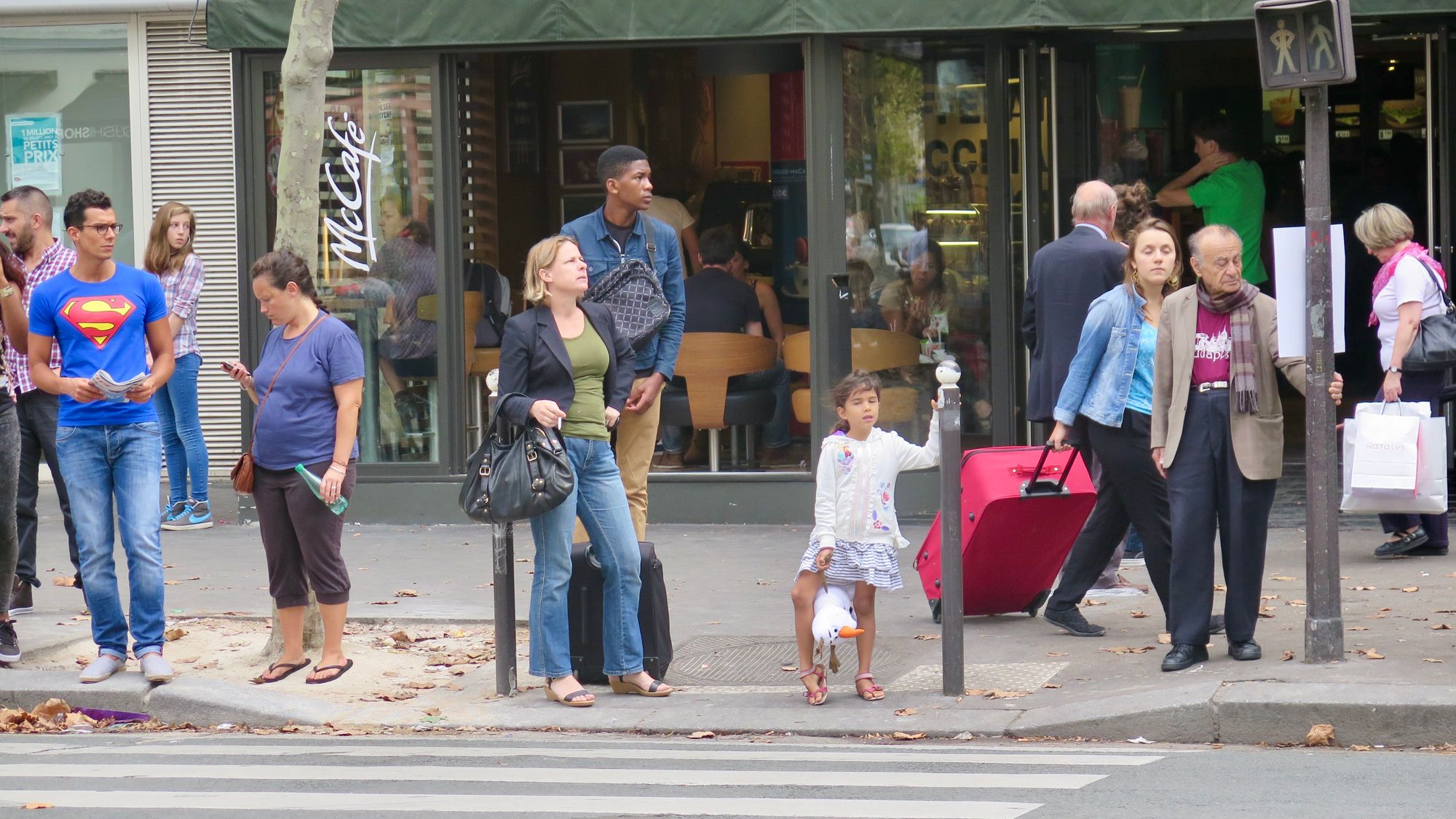
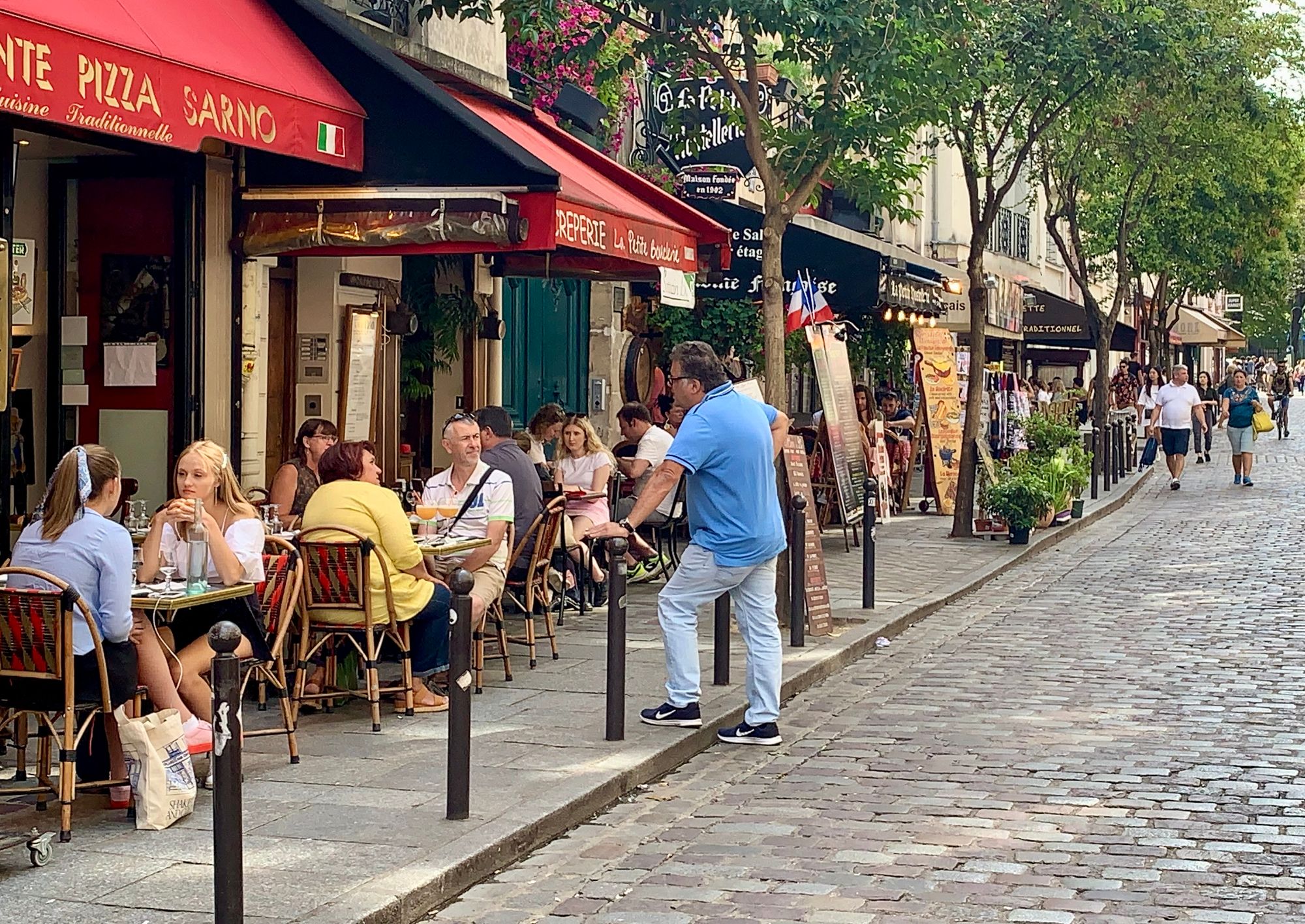
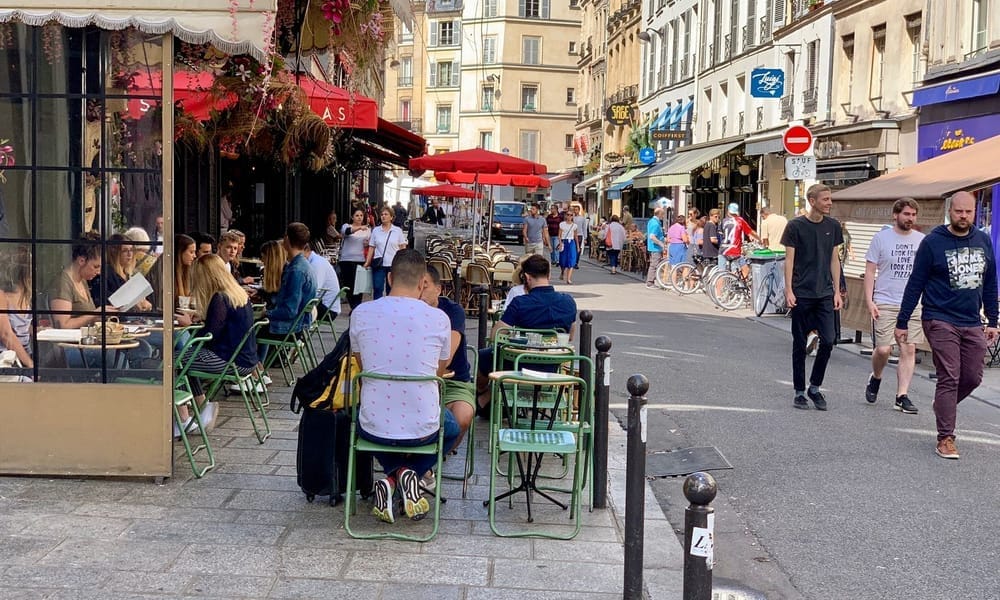
The iconic Paris bollard supports social life
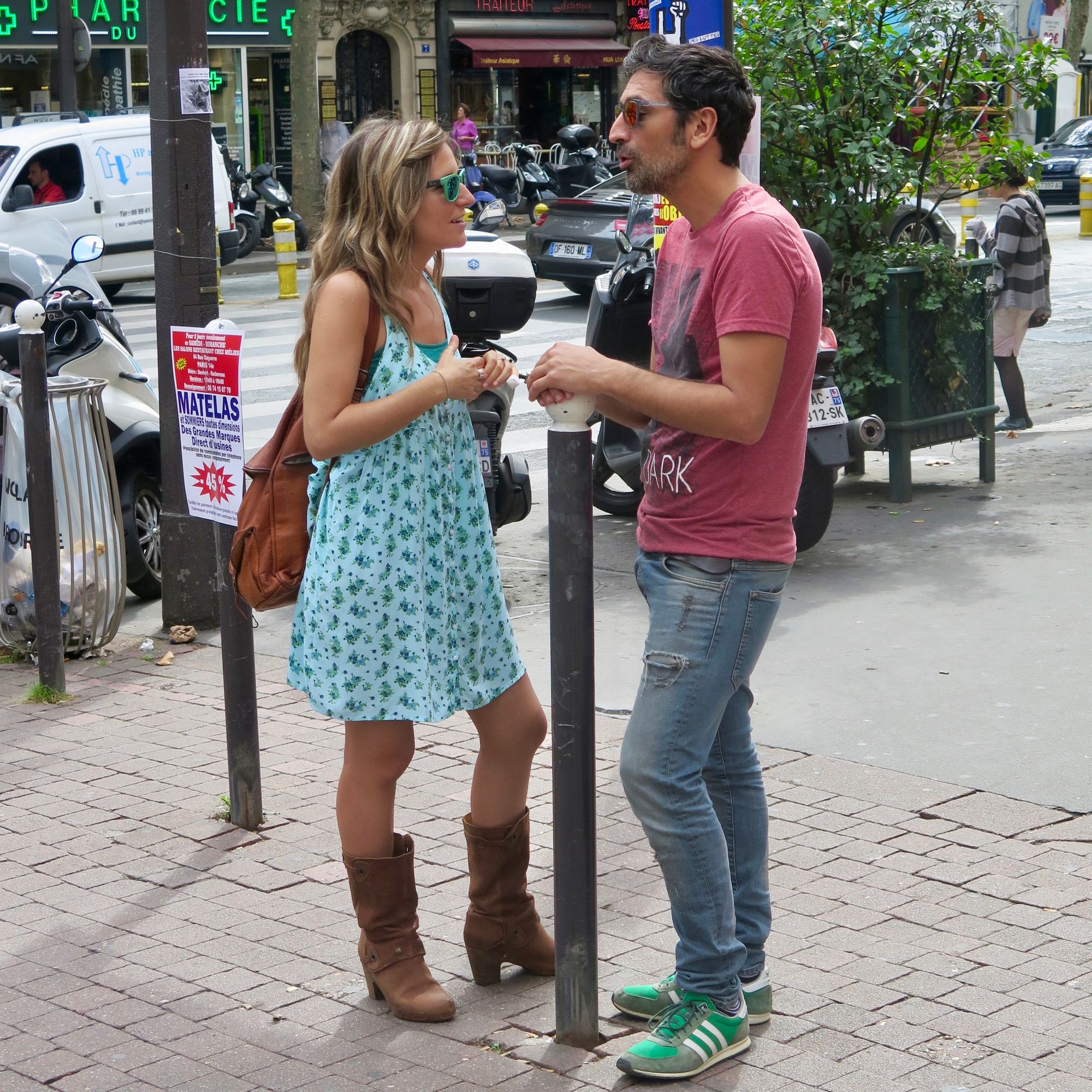
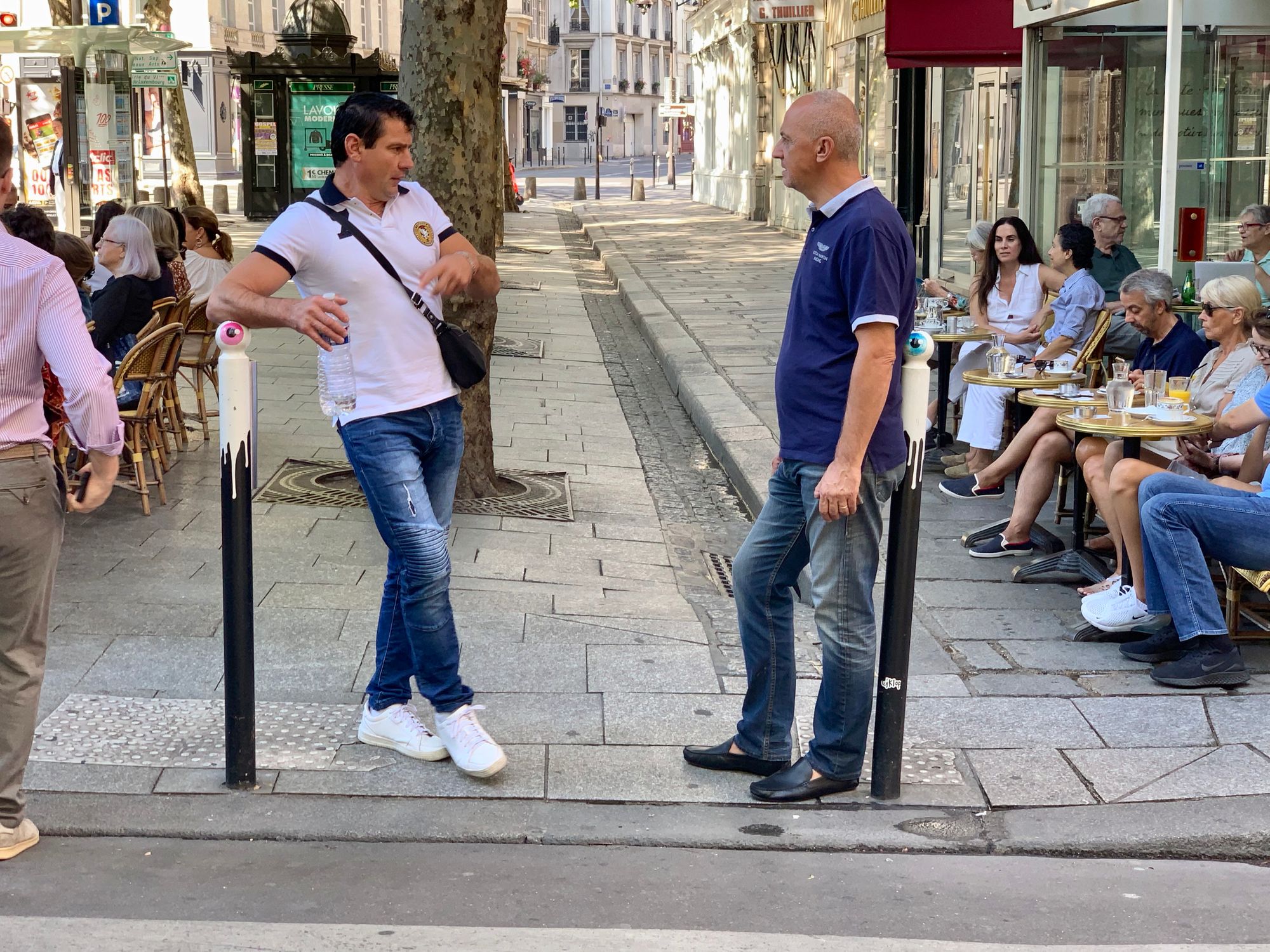
A crosswalk or street corner is a natural place to gather
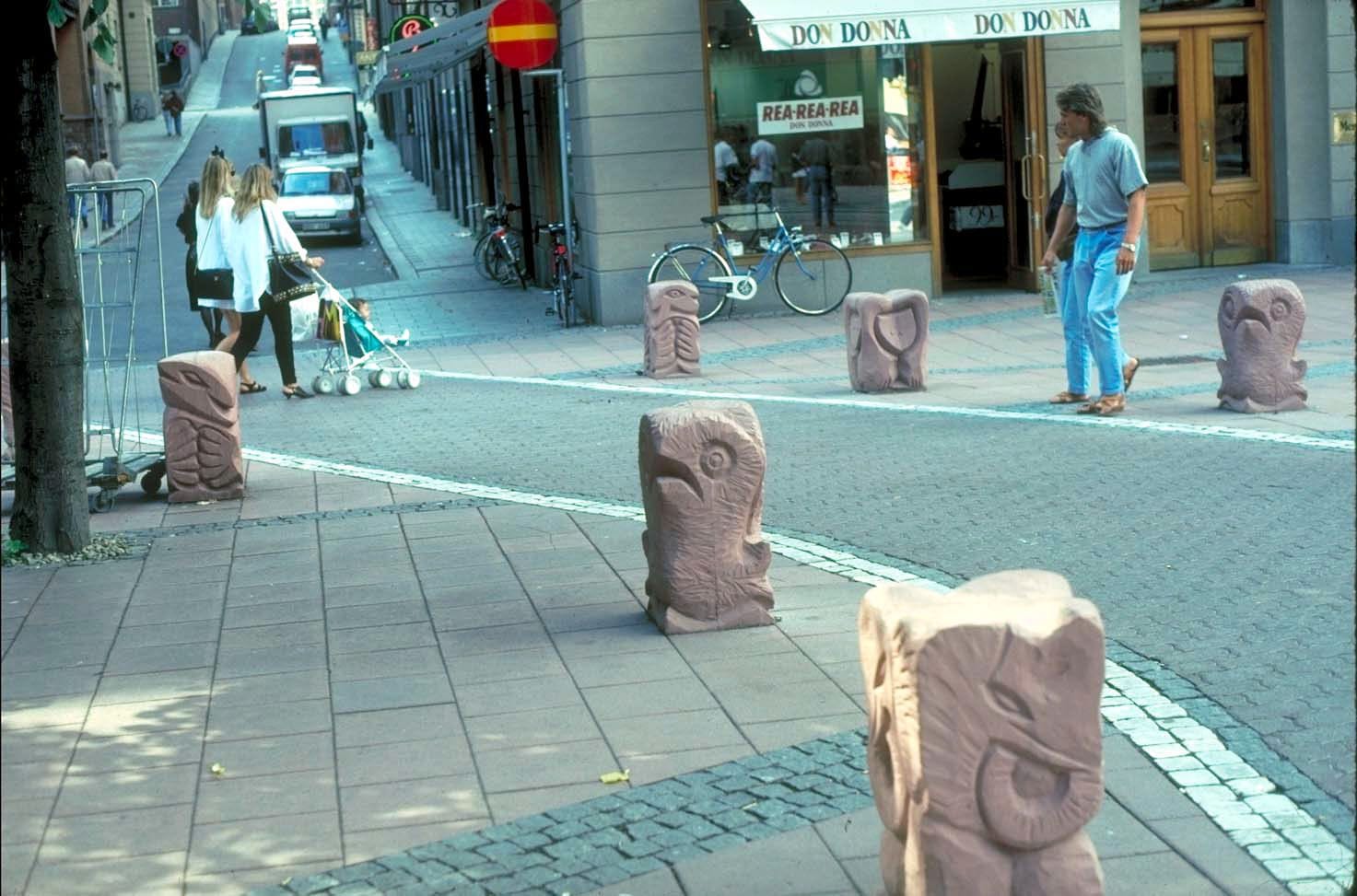
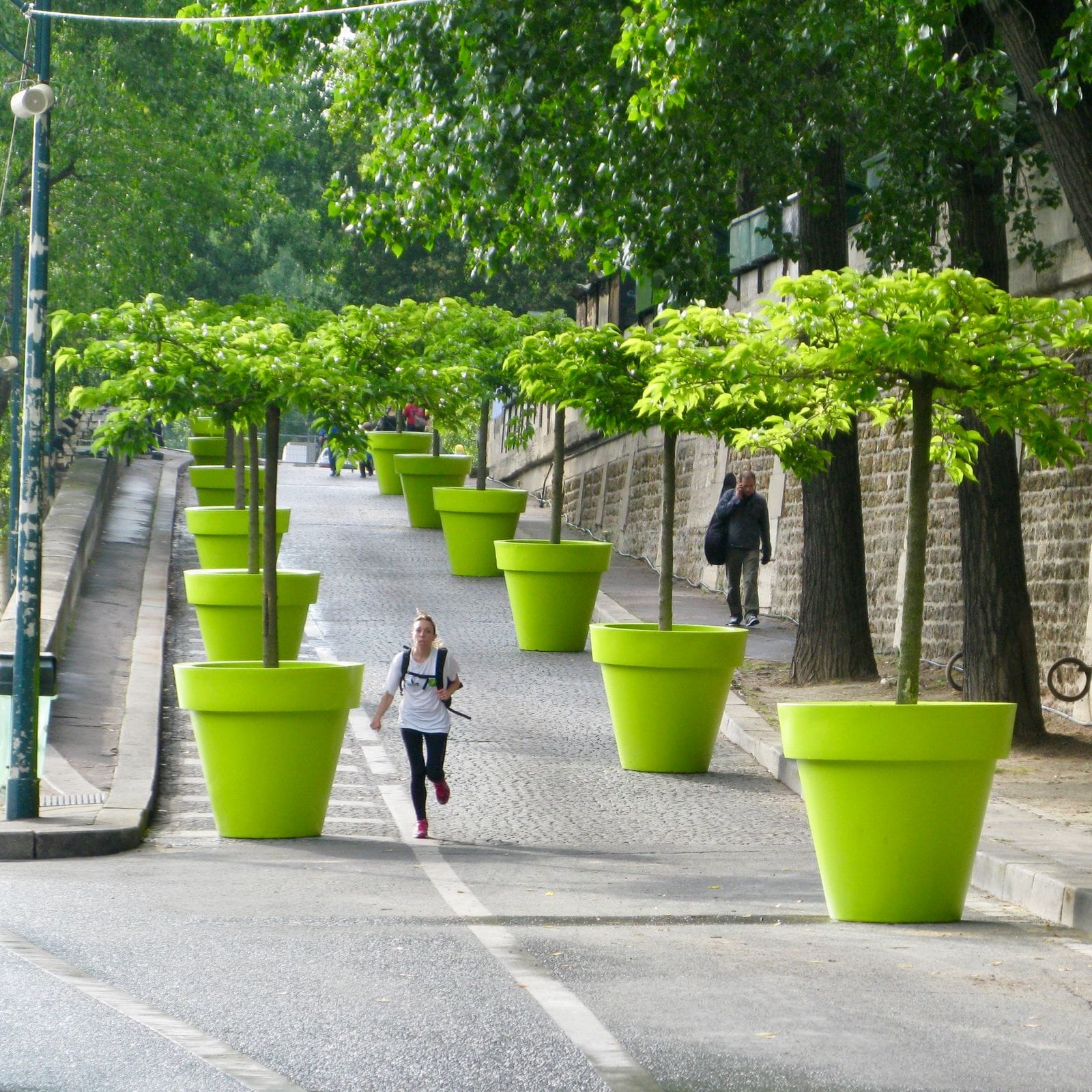
Bollards as works of art and greenery
Articles on Bollards
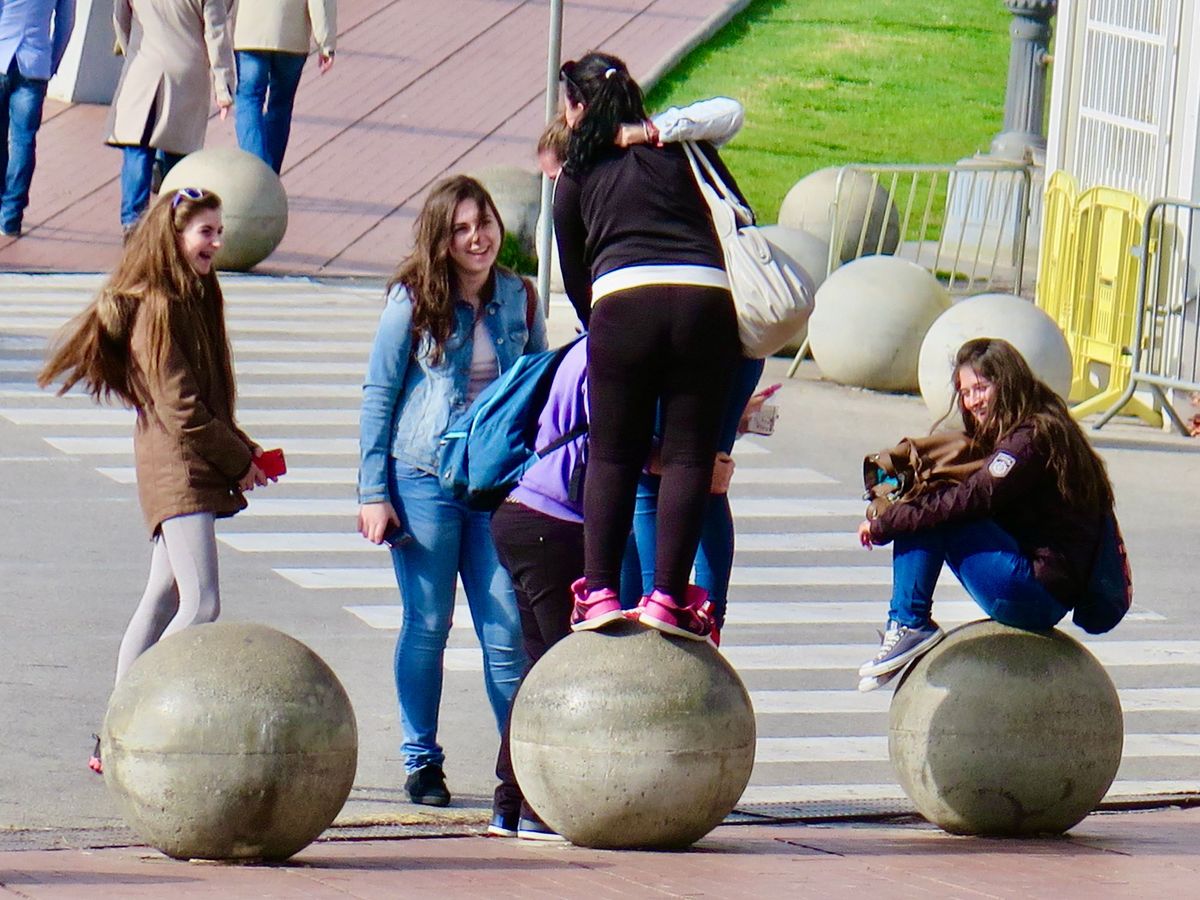
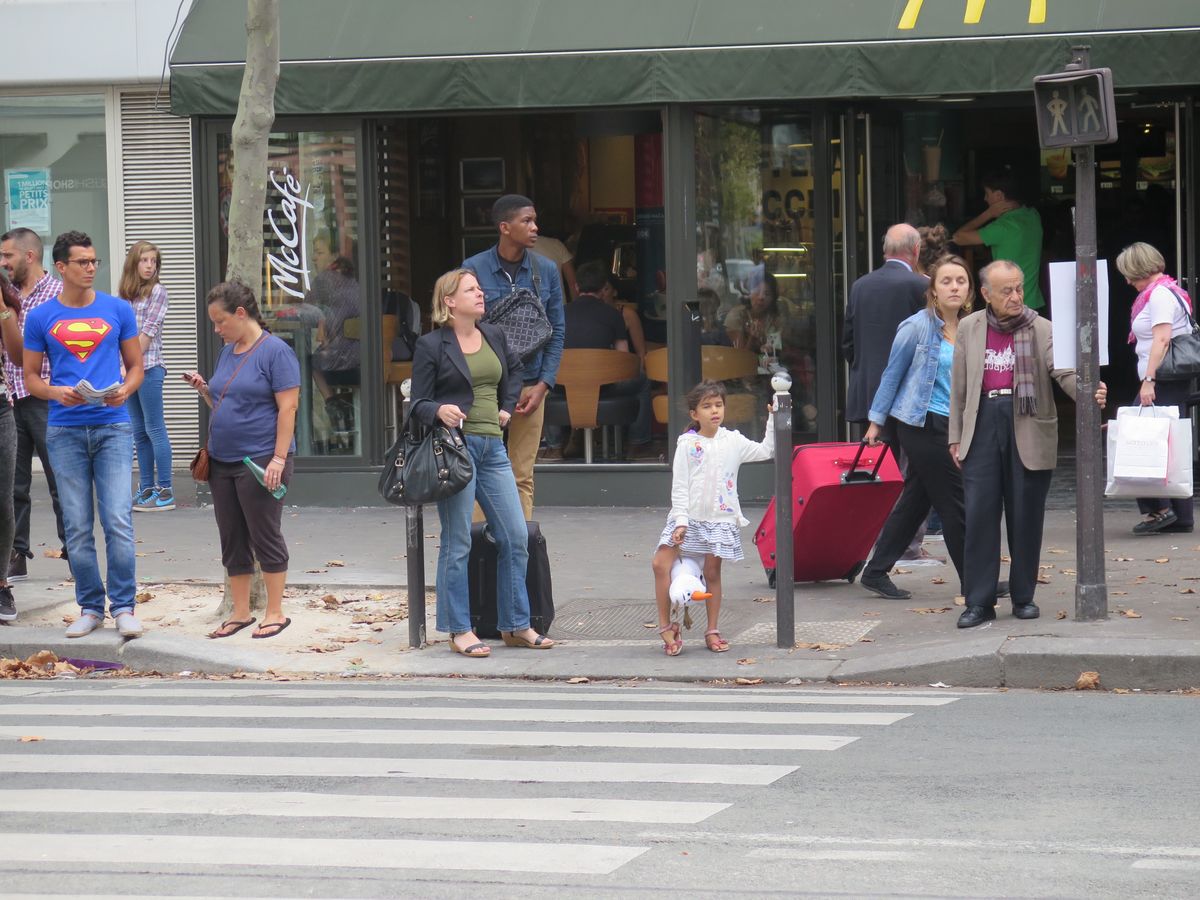
Water
Water is essential for life, which is why we are so drawn to it. Whether it be a drinking fountain or a decorative water feature, we love to be close to H2O. Drinking fountains are important amenities because they make us feel more willing to spend a longer time in a space. When we know that we can easily get a drink of water if we're thirsty, we are more likely to run and play, even in hot weather.
Decorative fountains are amazing focal points that anchor a space. Being close to the soothing sounds of water is relaxing and watching water flow and spray is deeply enjoyable, so fountains naturally attract people, especially when they are beautifully designed. They become "watering holes" for social and community life.
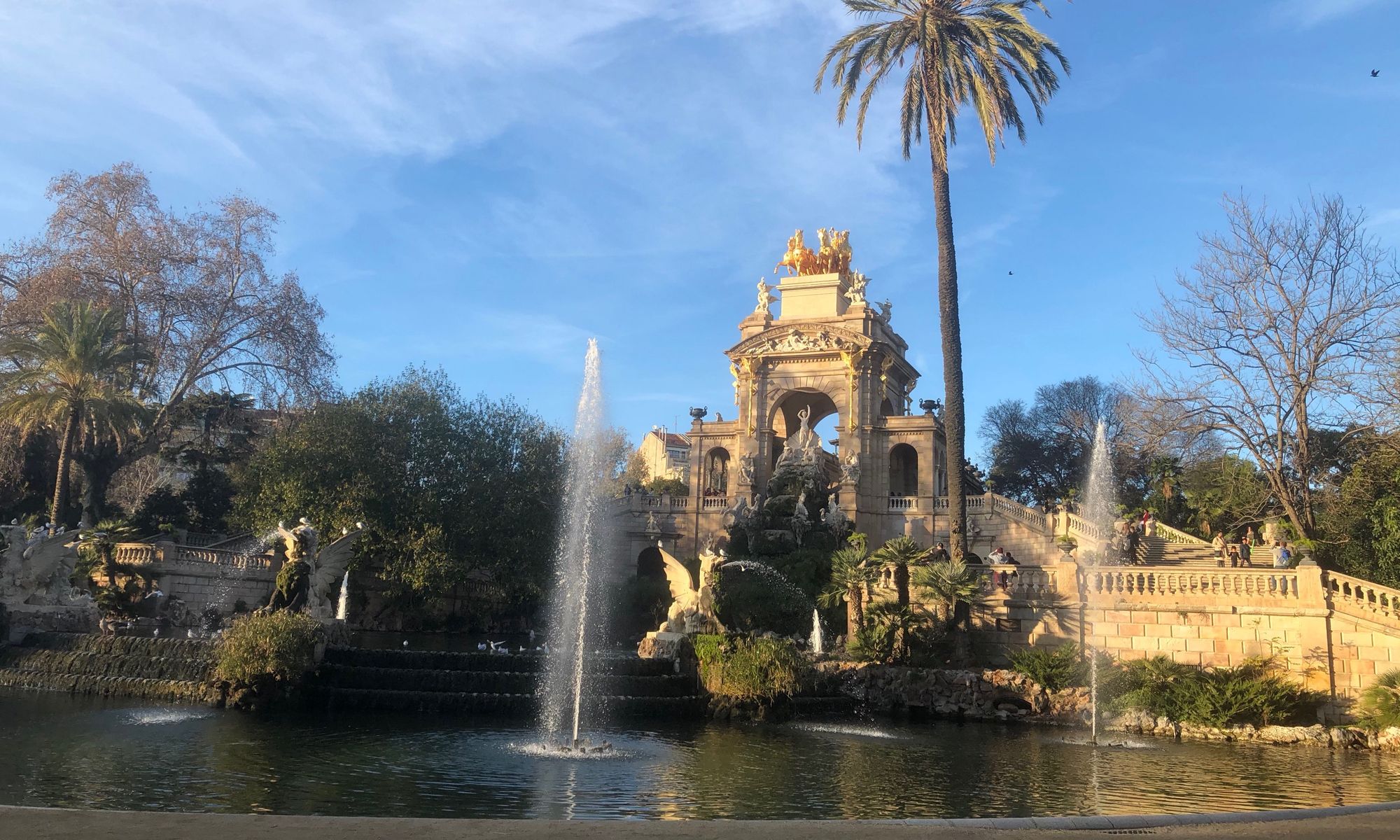
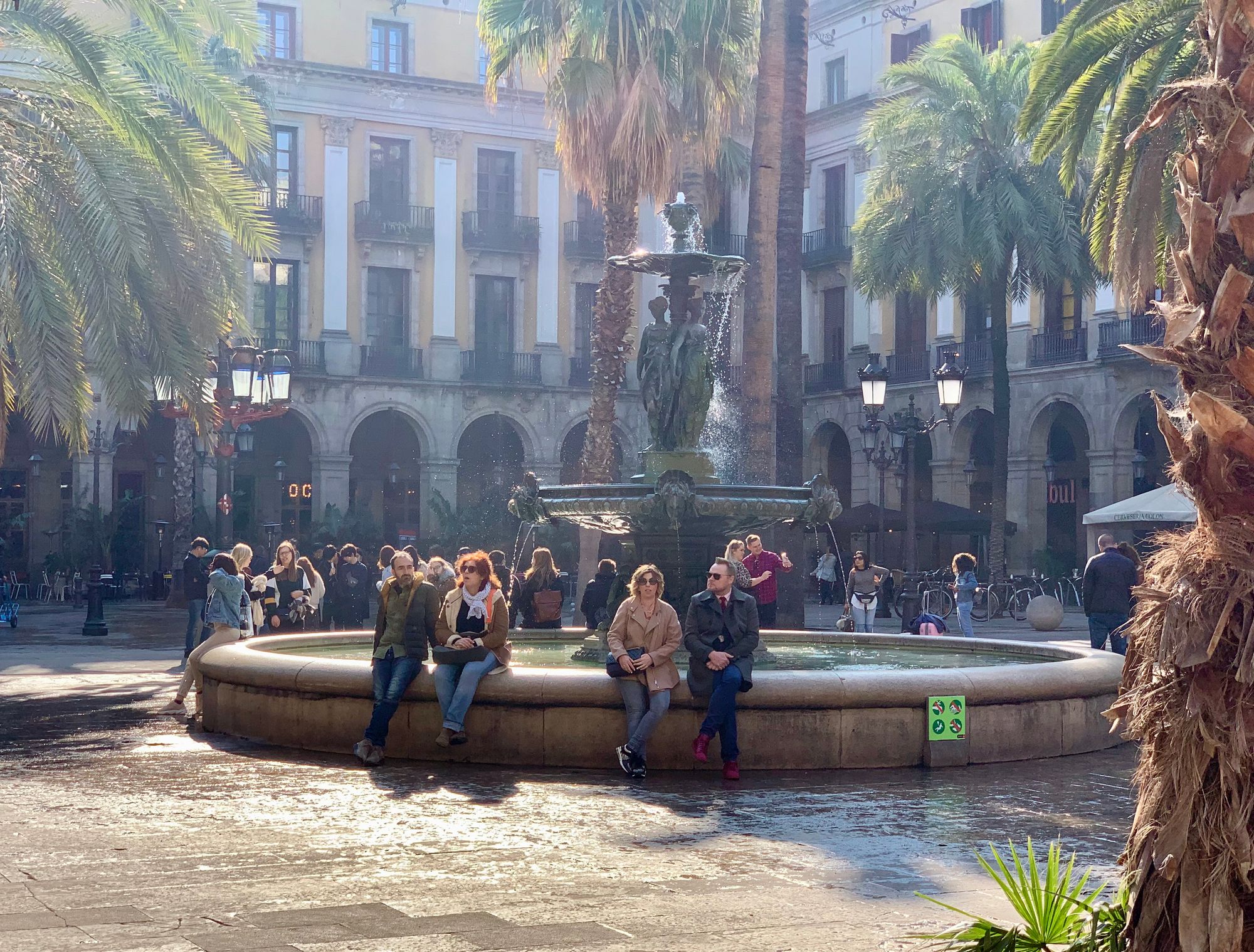
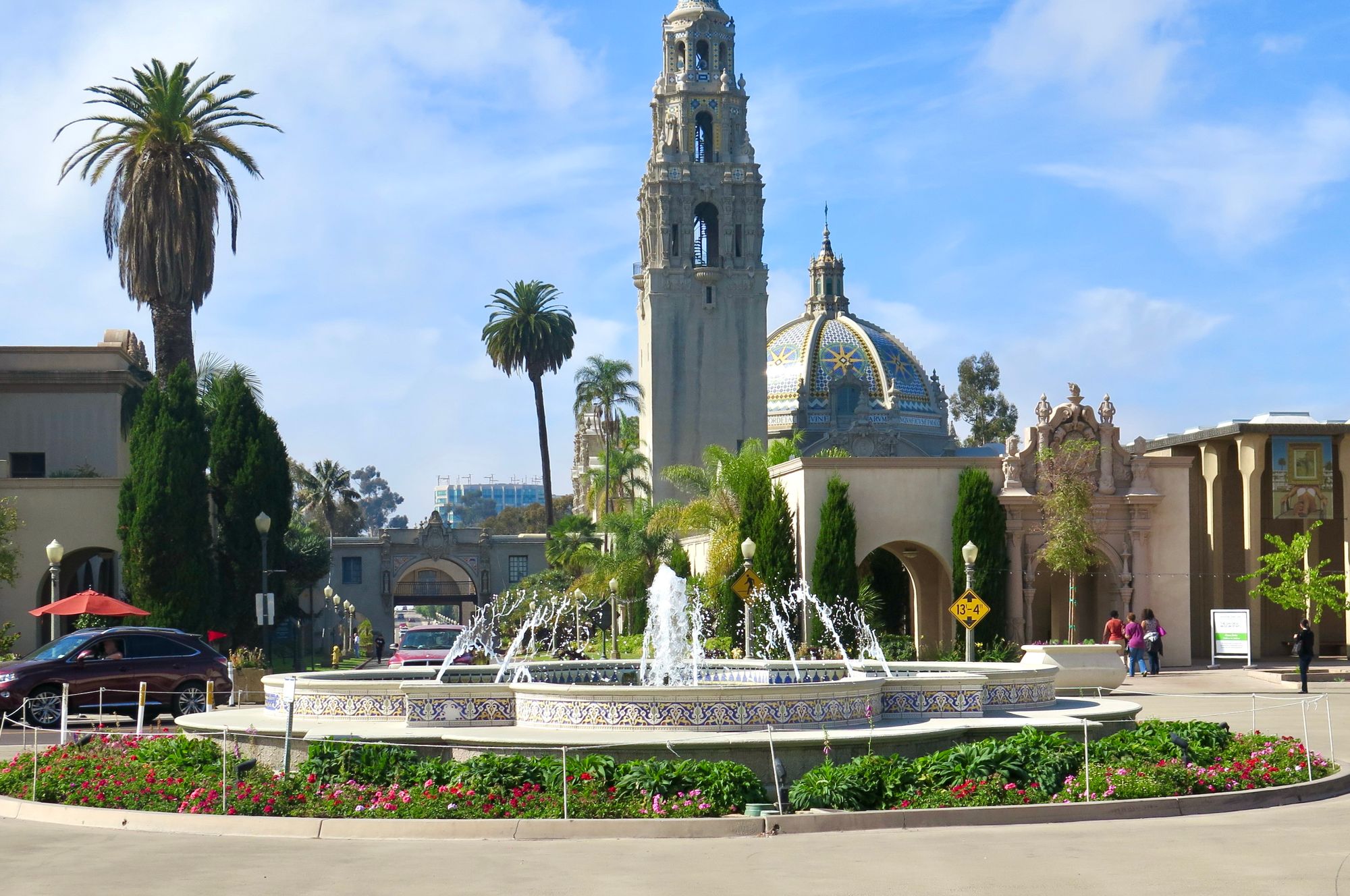
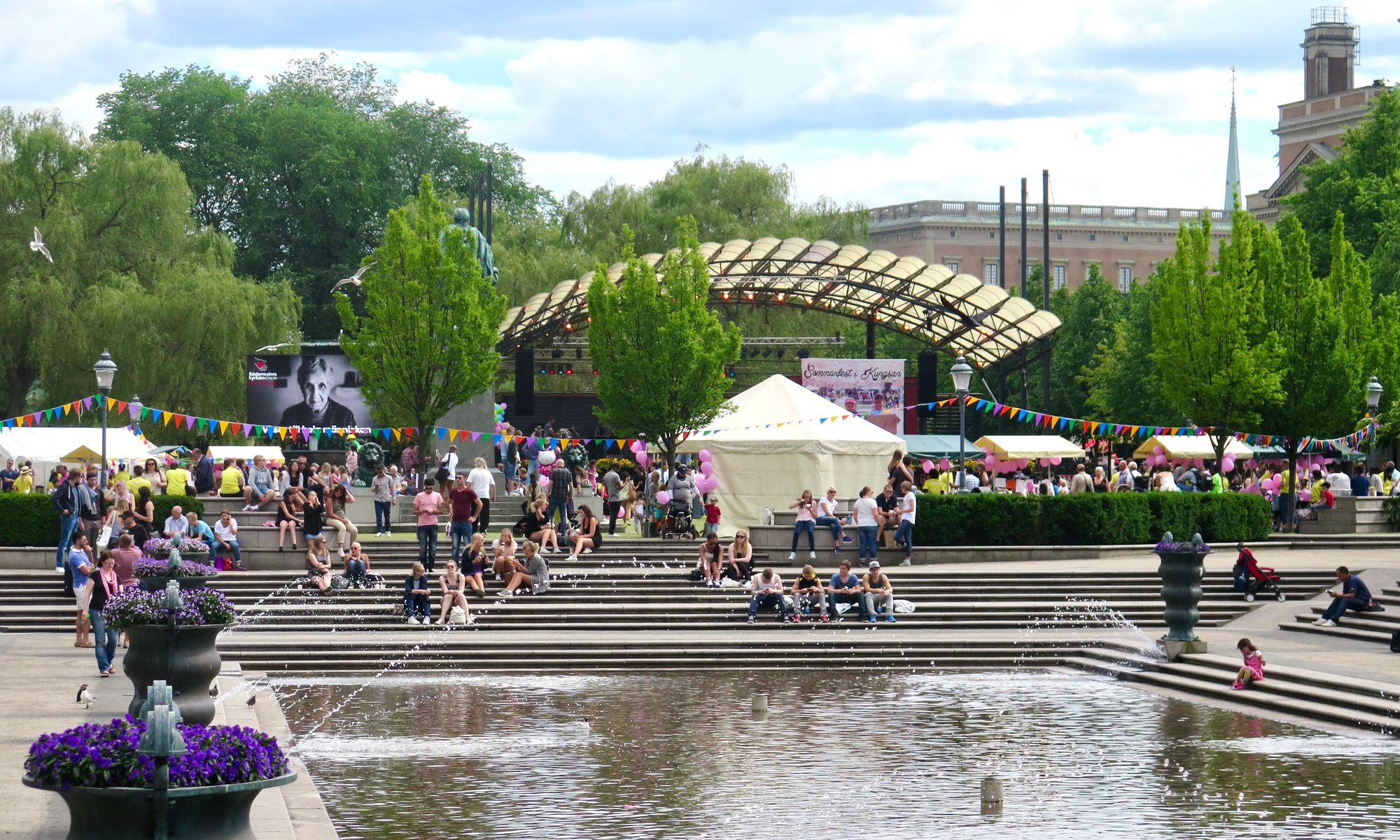
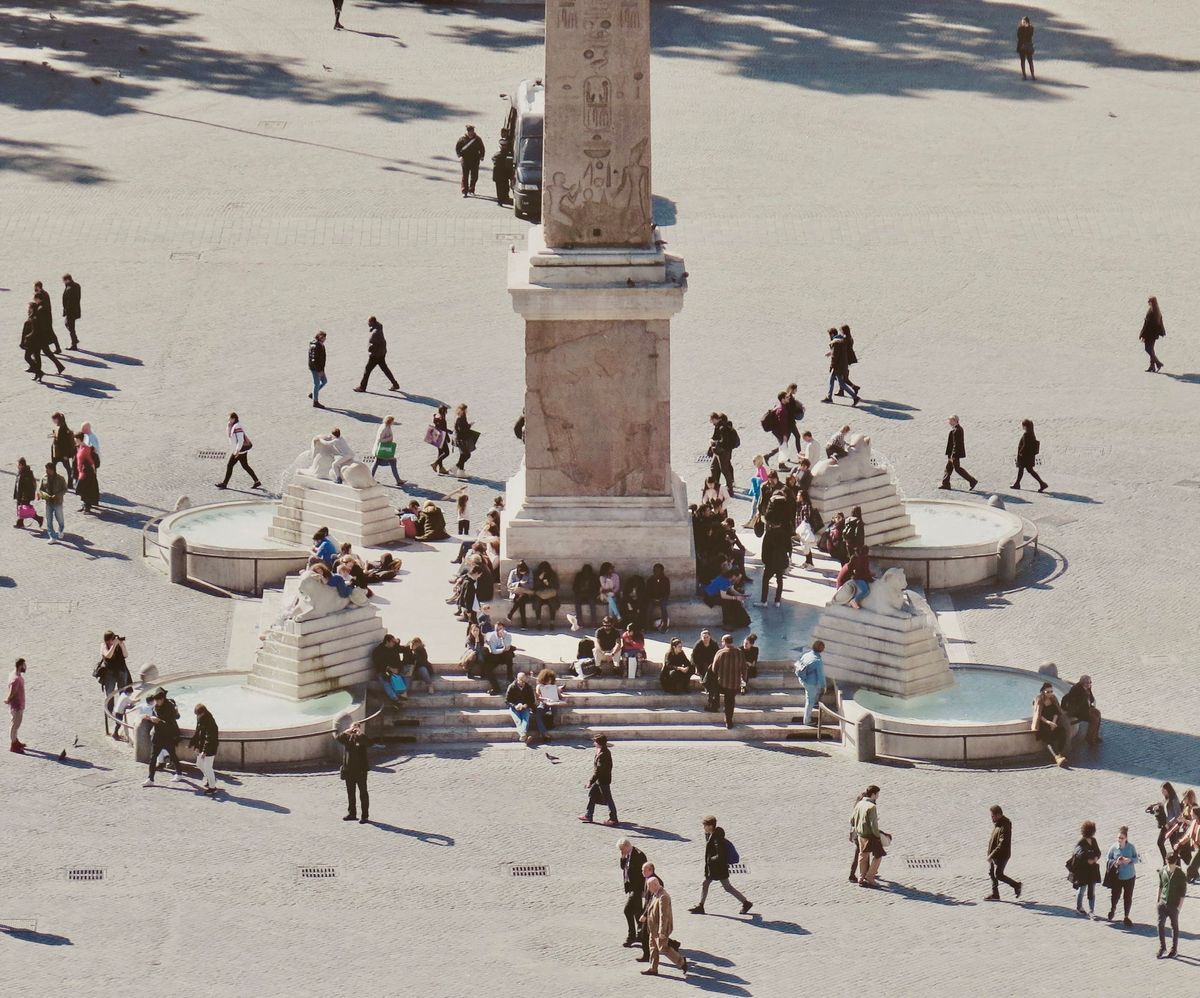
Shade
Shade is vital for outdoor places where people are expected to spend time. Not only is being exposed to direct sunlight for long periods dangerous, it's very unpleasant. Nobody likes the experience of the hot sun beating down on them. We are drawn to shady spots and cool reprieves because we feel refreshed and at ease there.
A square or sidewalk without shade is one that will see little visitation as people seek out relief from the hot sun. Shade is therefore one of the most important amenities in public places, especially where sunshine is abundant.
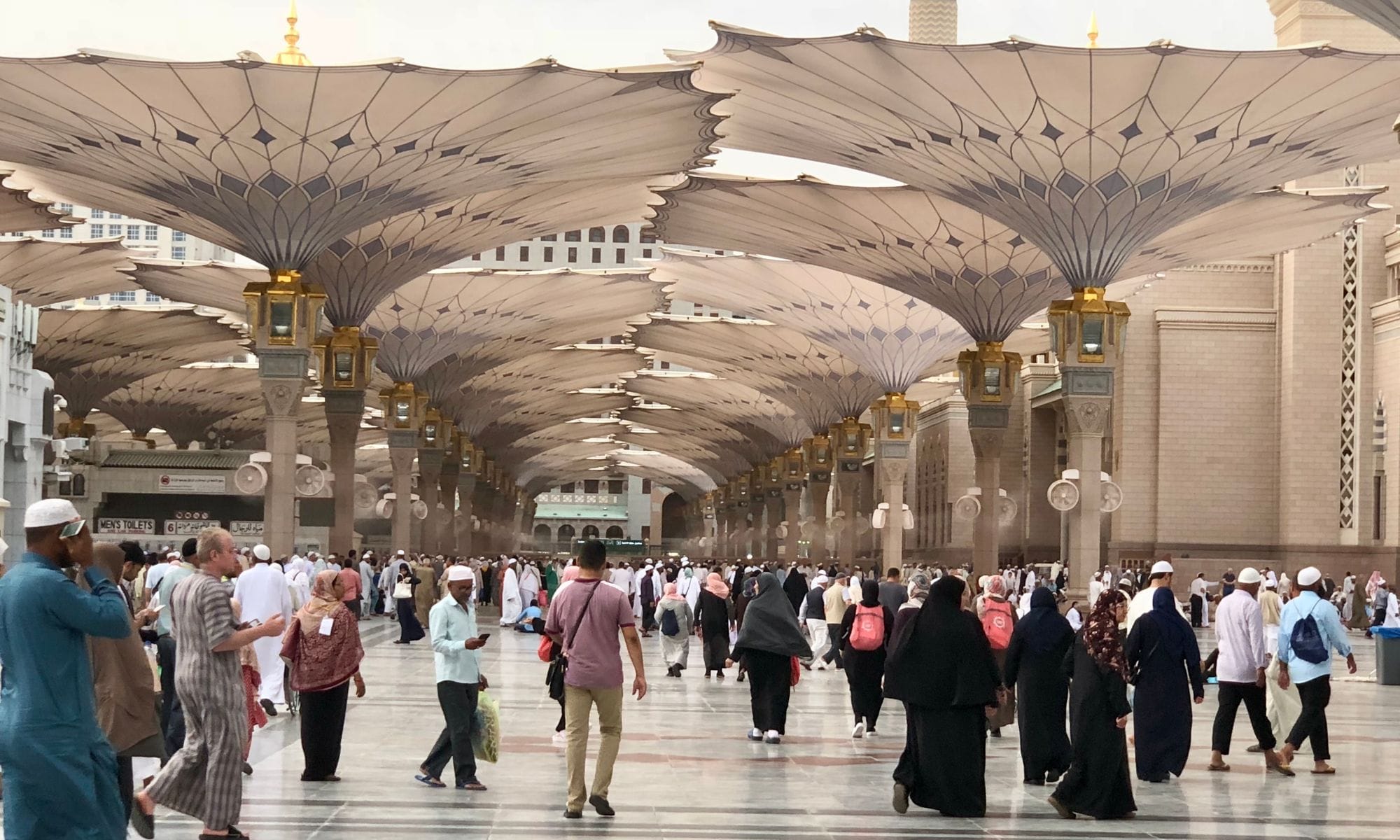
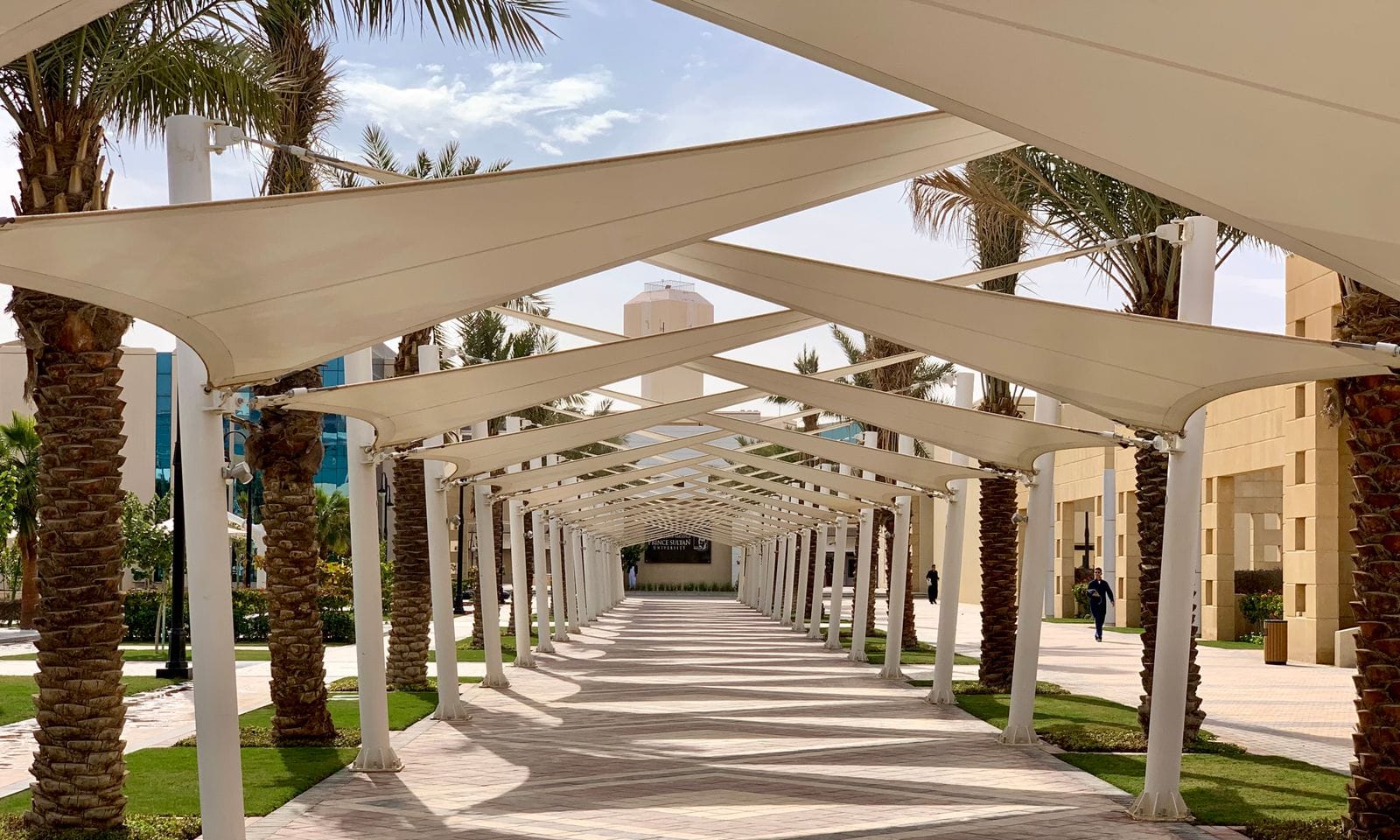
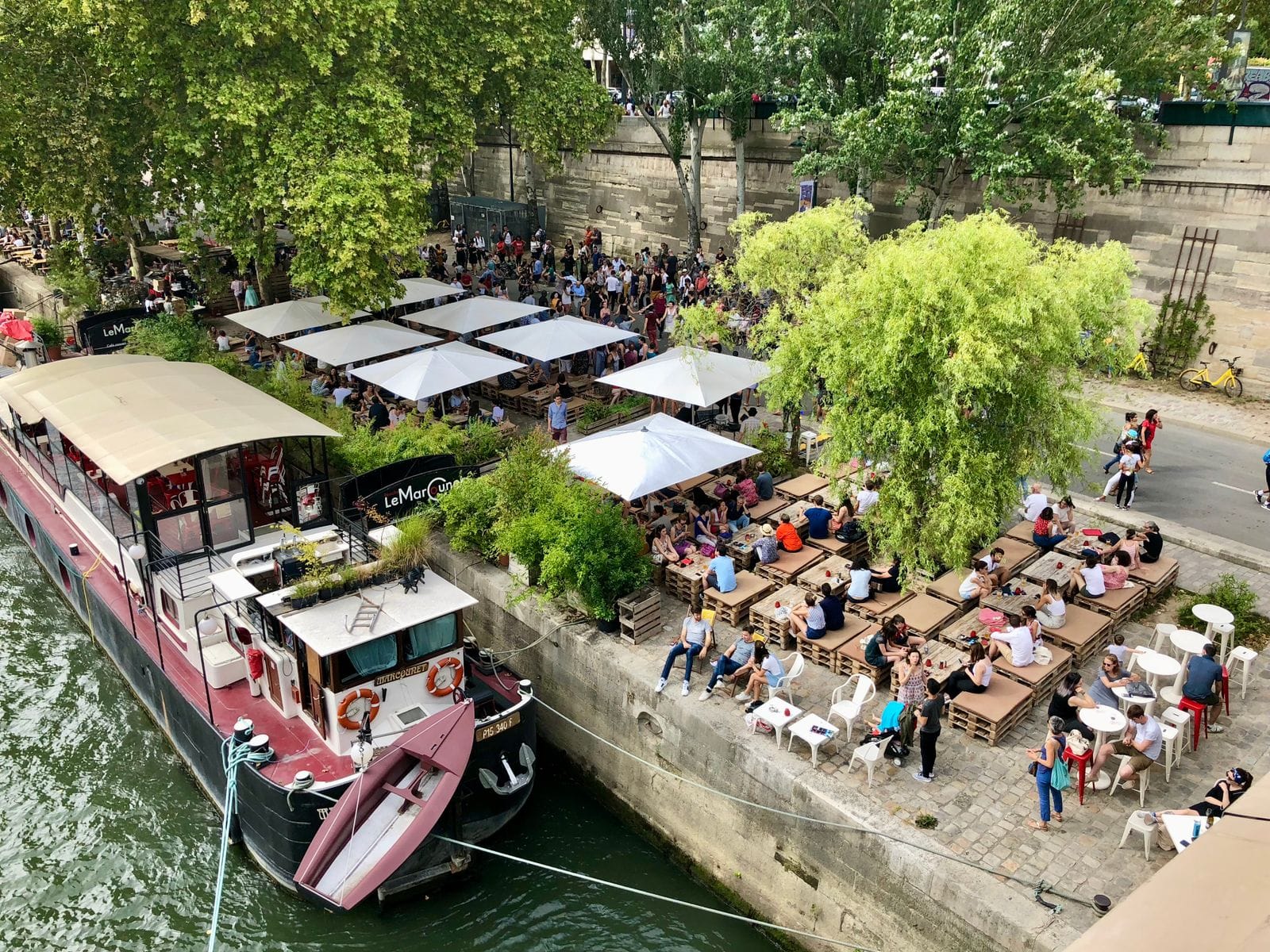
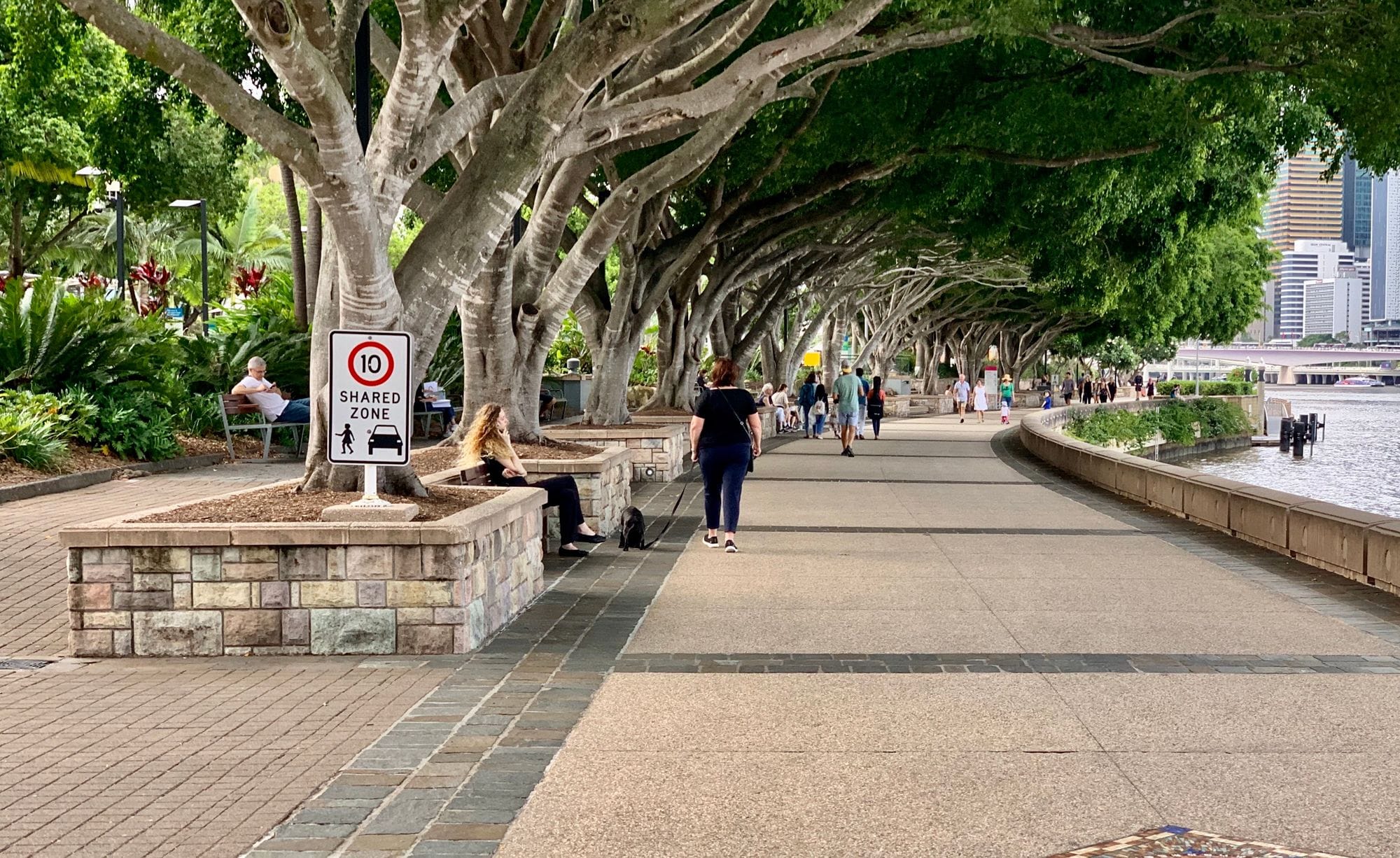
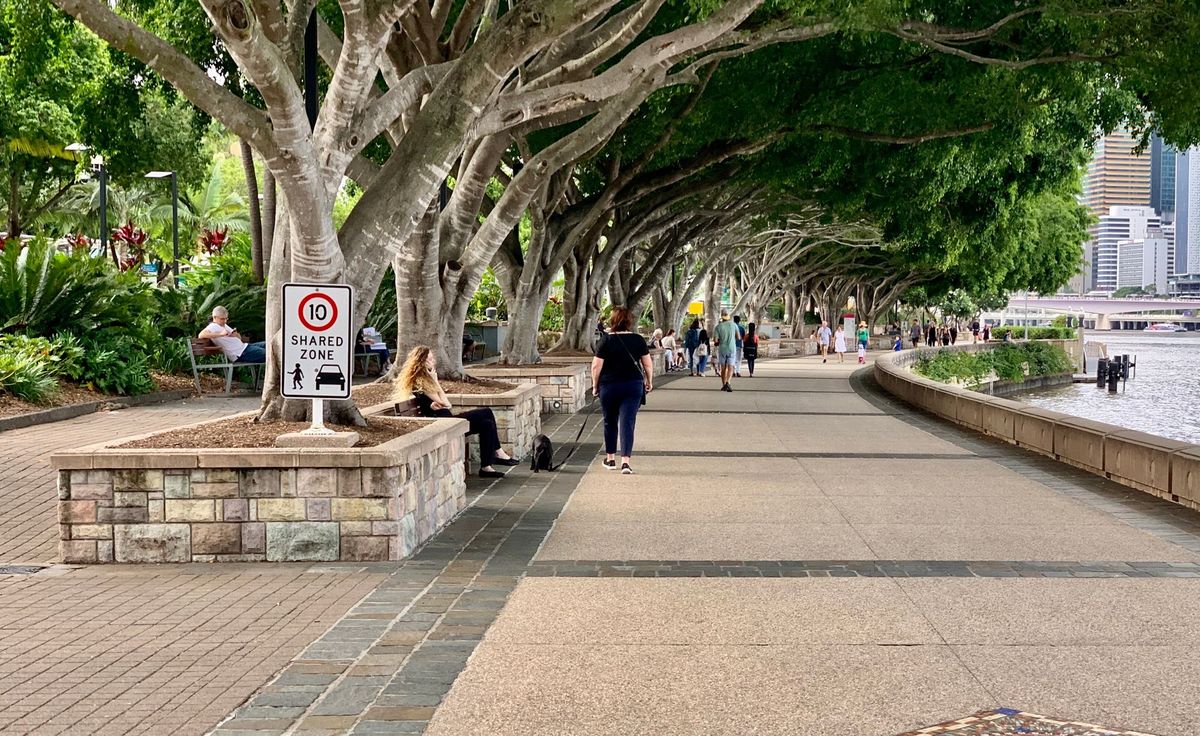
Lighting
Without lighting, a public place is only possible to visit for a portion of the day. Not only does lighting make the place usable when darkness falls, it makes it feel much safer and more secure, thus encouraging people to visit. Adding lighting to public spaces is very important because by the time people finish work during the week, the sun has often gone down. If public places are not well-illuminated and thus usable at night, they will not be used for the majority of the time that people are free and able to use them.
What's more, night time has its own unique charm, different from that of the day. It invites activities like celebrations, dancing, and lively conversation over drinks. These fun moments can be encouraged and supported with the right amenities.
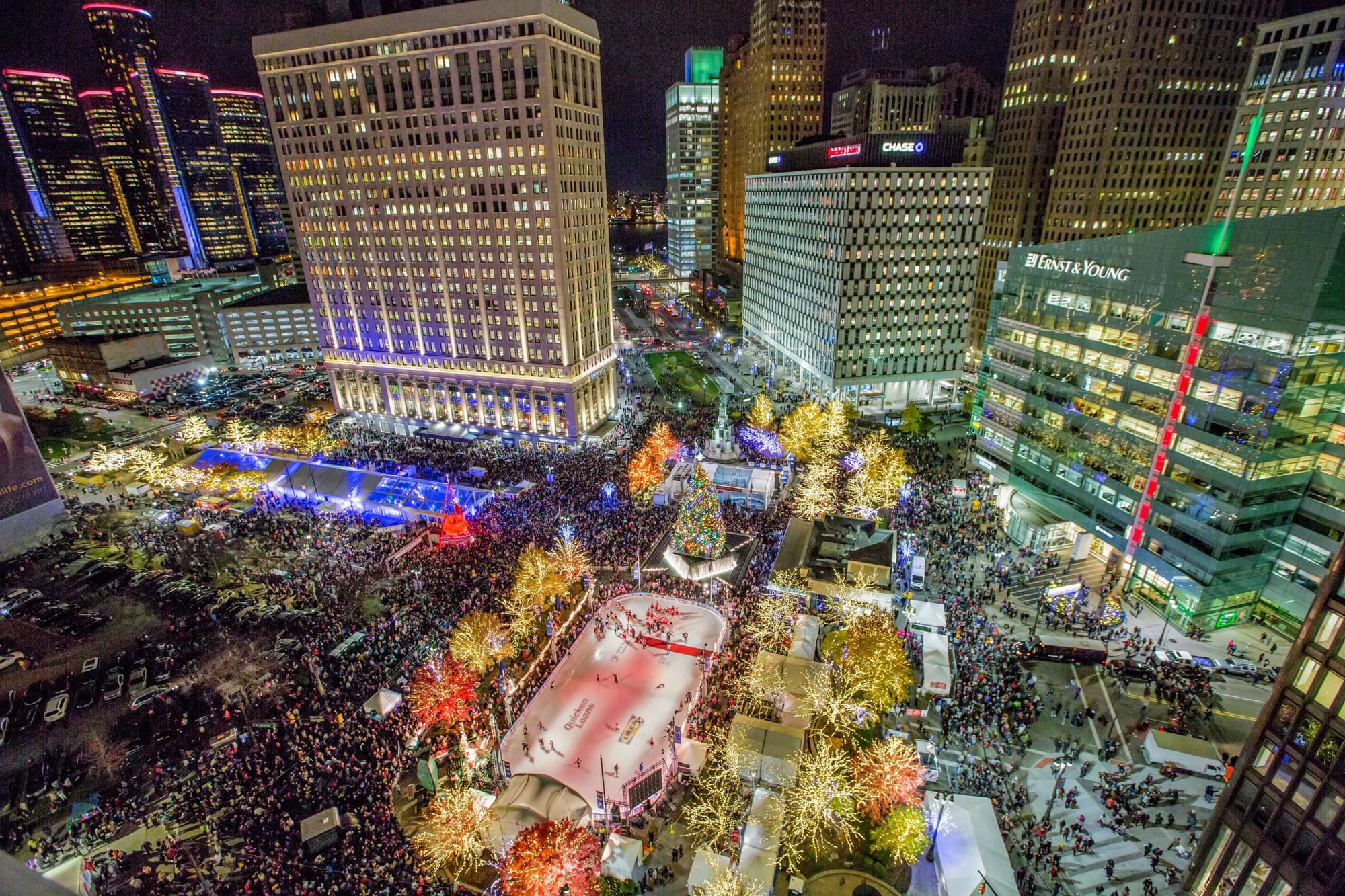

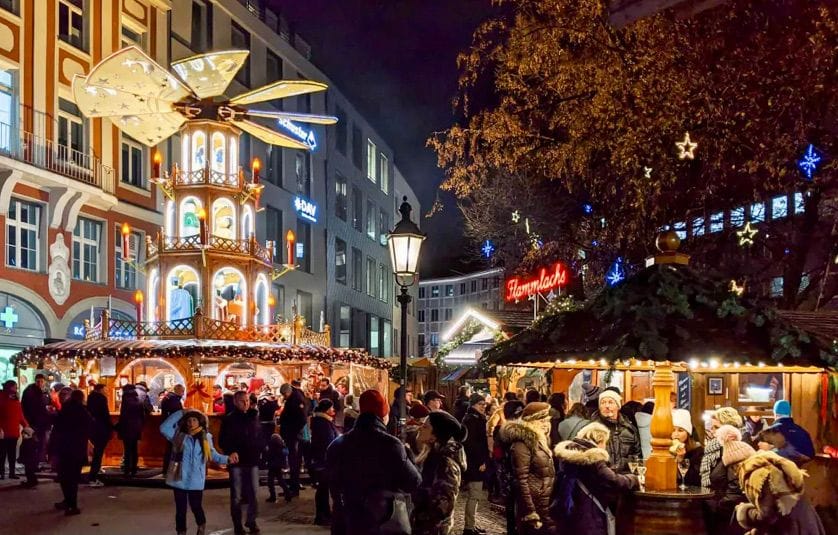
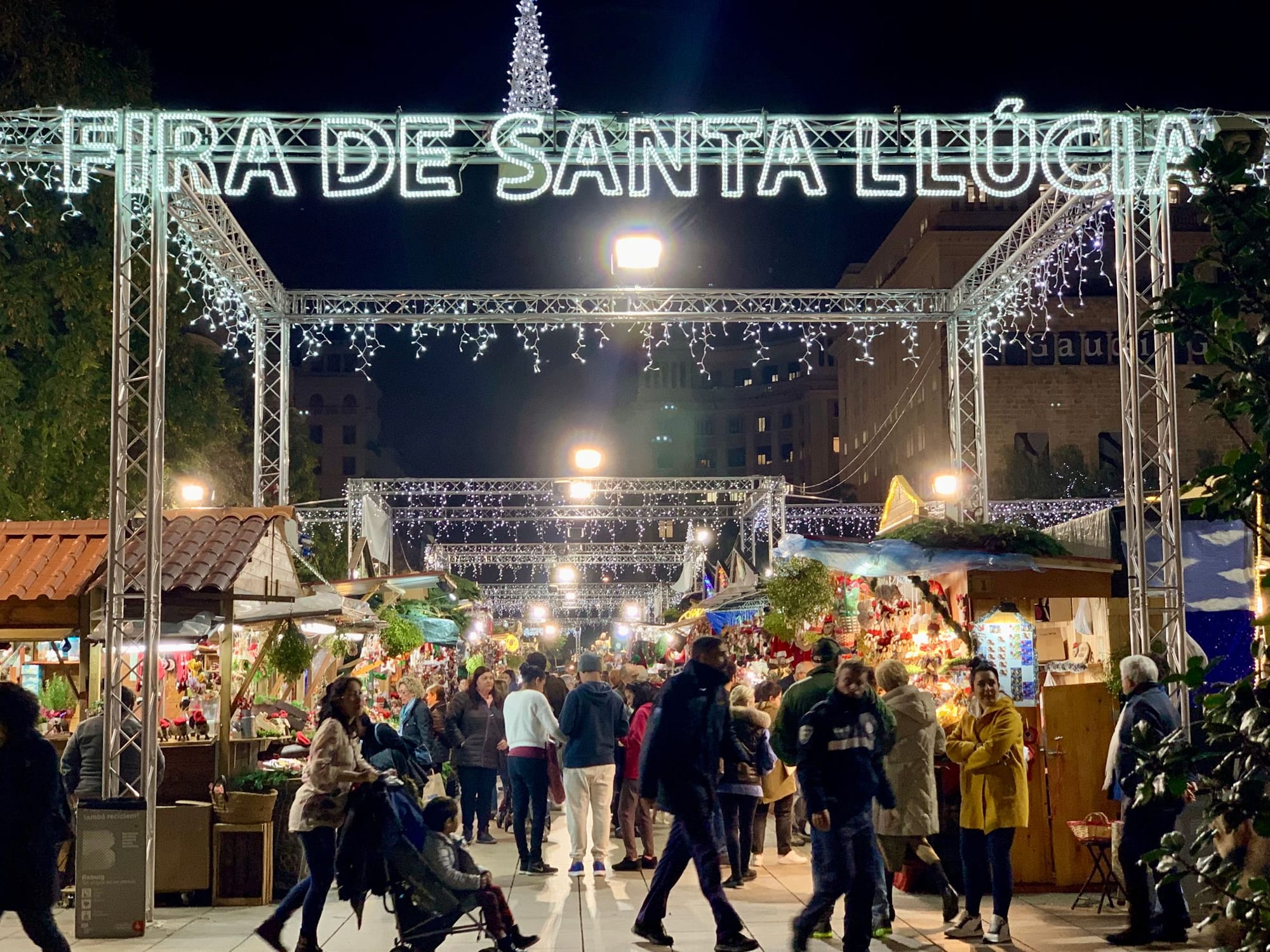

Amenities at Transit Stops
Cities like Paris boast various types of comfortable amenities at transit stops such as shade and seating. This is noteworthy in a time when cities are frequently removing comfortable features from these locations (e.g. limiting options to the so-called "leaning bench").
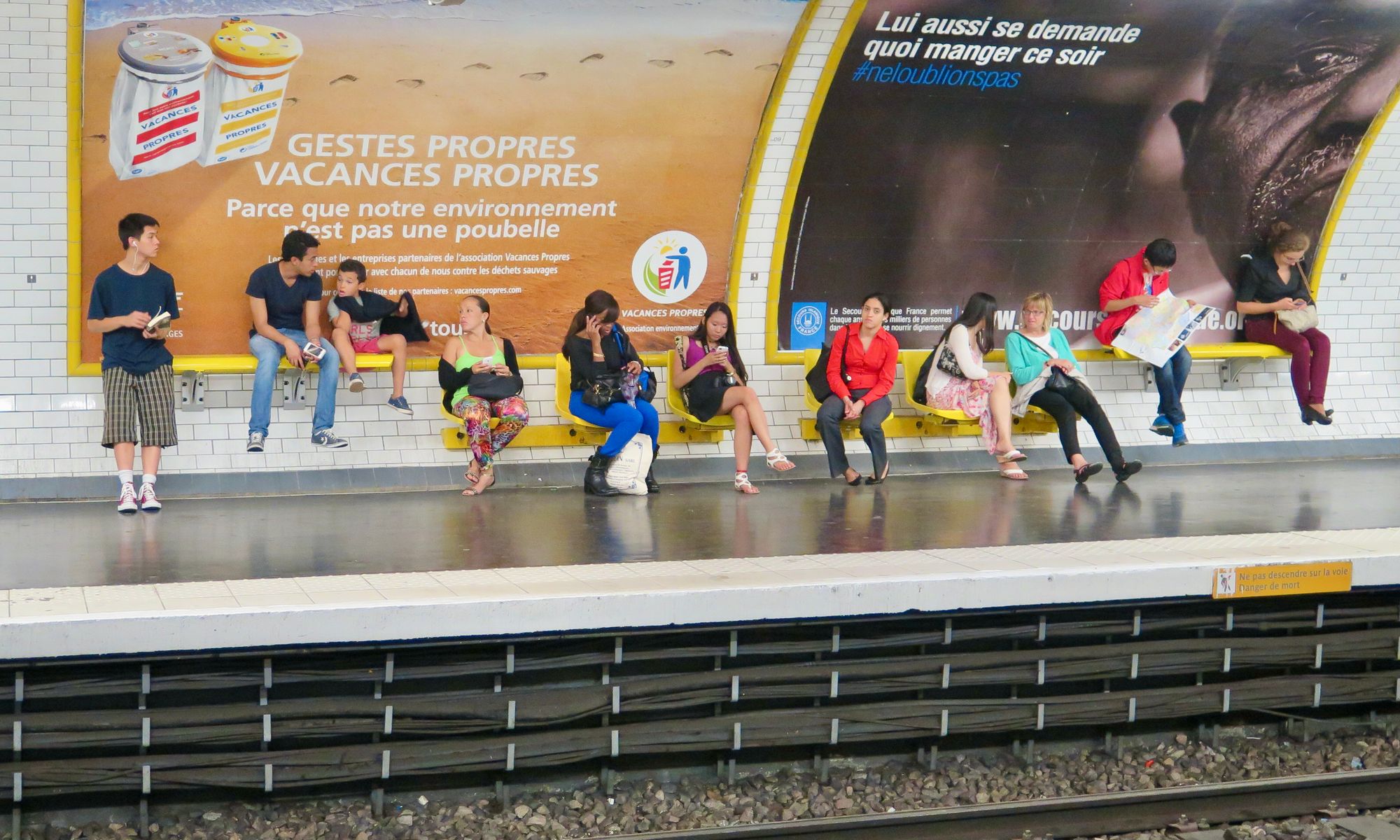
Everyone has a choice to sit or lean... even siting on the leaning ledge.
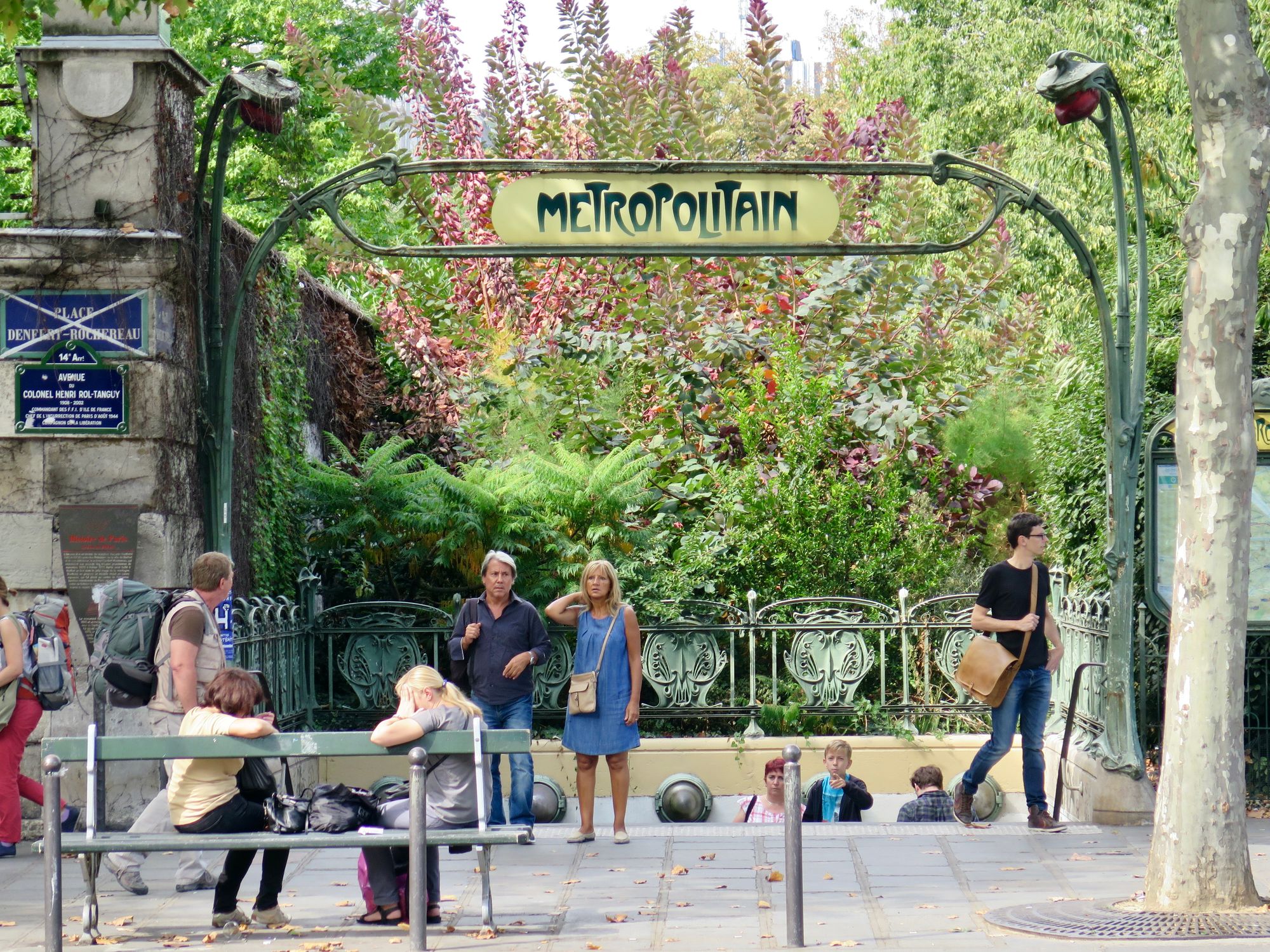

Benches all along the wall in many Paris Metro stations and a place to sit at the entrance allow people to wait for others they are meeting.
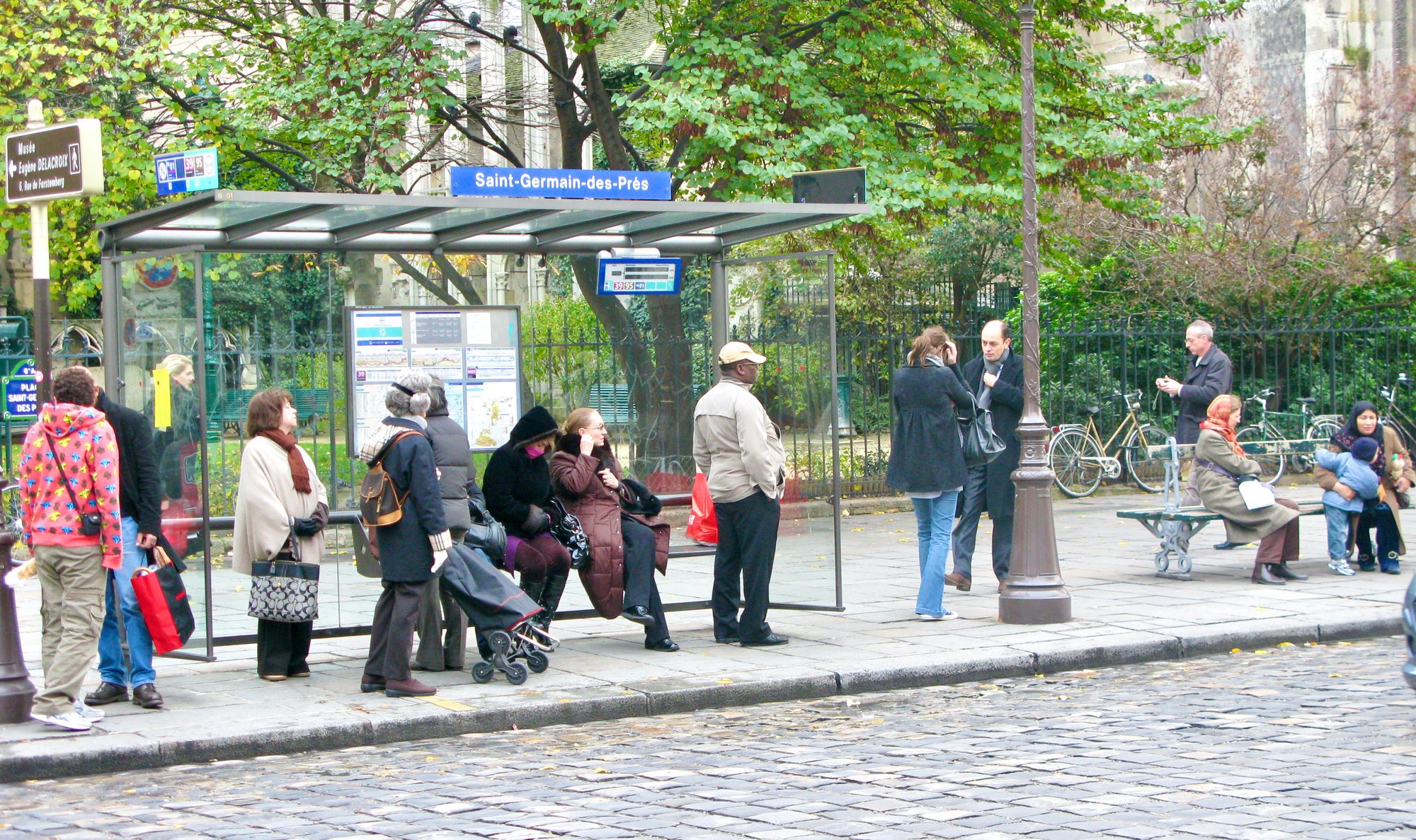
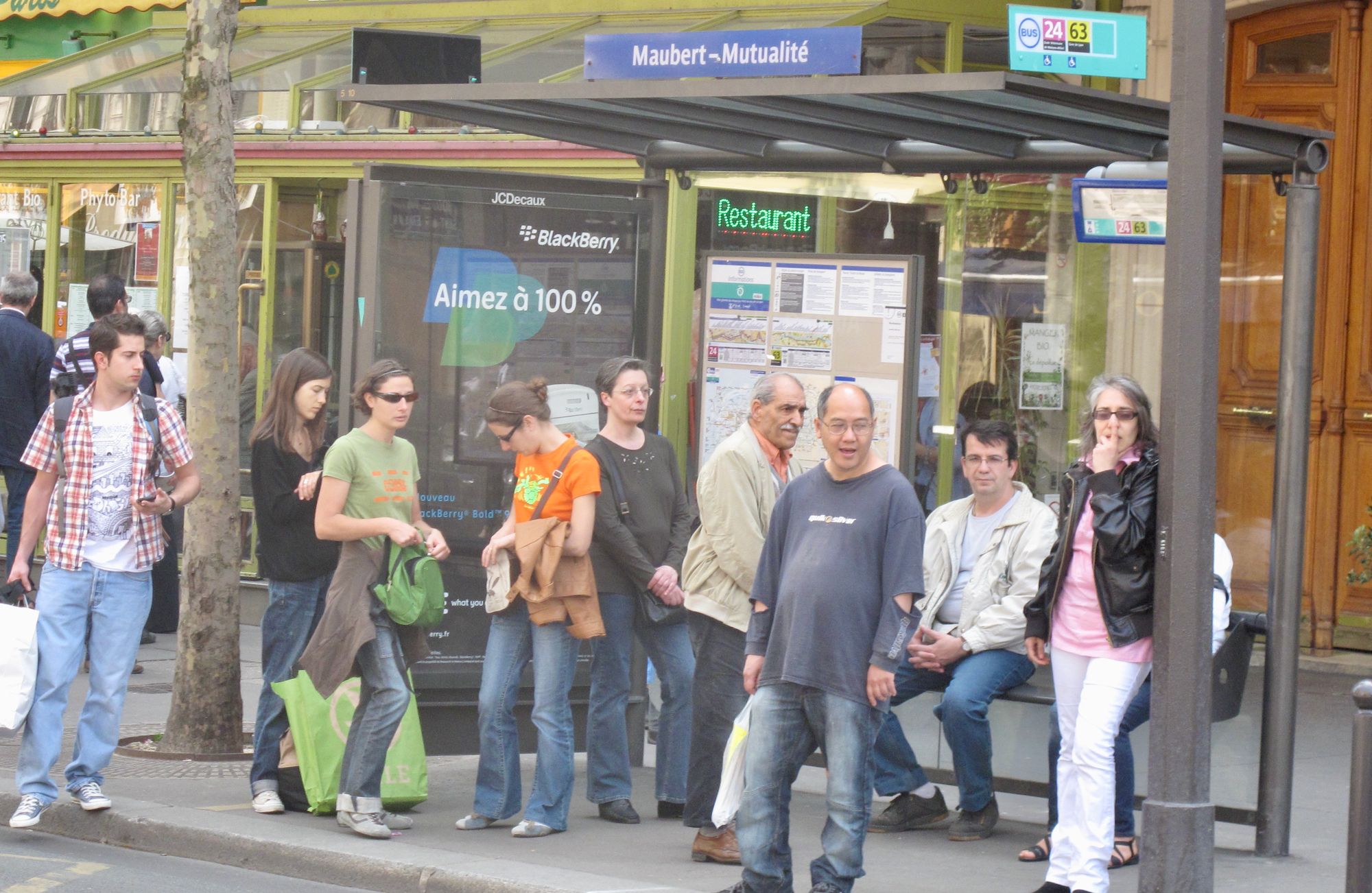
The older bus stops can handle many people comfortably for the short wait time between buses. The newer ones serve people waiting and others who simply need a place to sit.
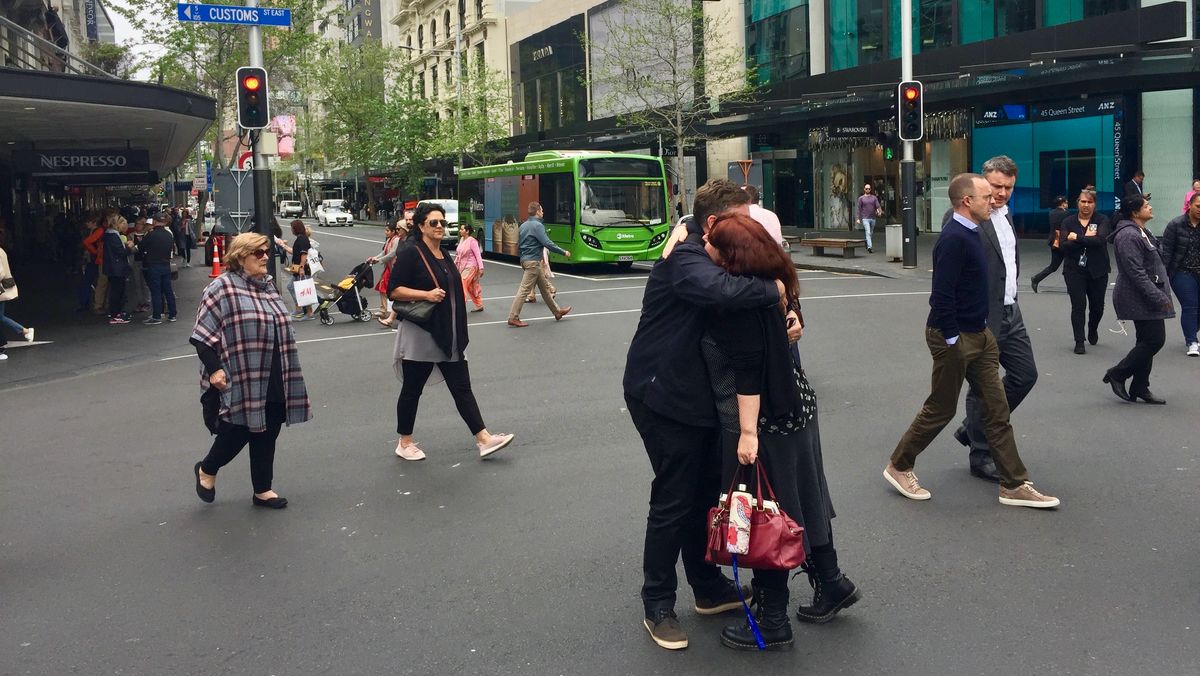
Refreshments
People love to eat, snack, and sip. We consume things on average 3-5 times a day and especially enjoy doing so outdoors. Therefore, if a place wants to be attractive to people, it needs to offer refreshments. It's no coincidence that the liveliest areas in cities are those where you can find restaurants, cafes, and bars, especially ones with outside seating. You catch flies with honey, and you attract people with ice cream.
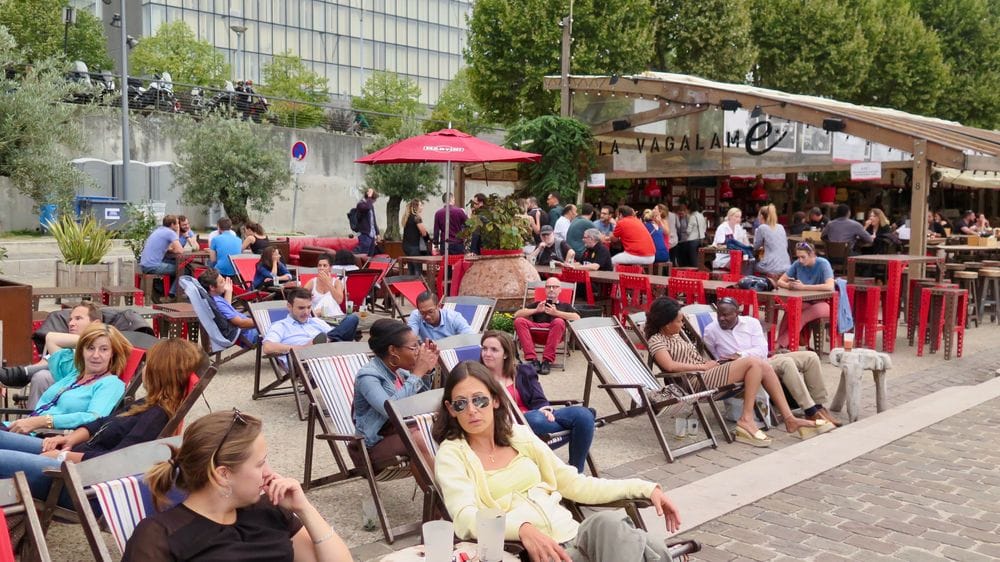
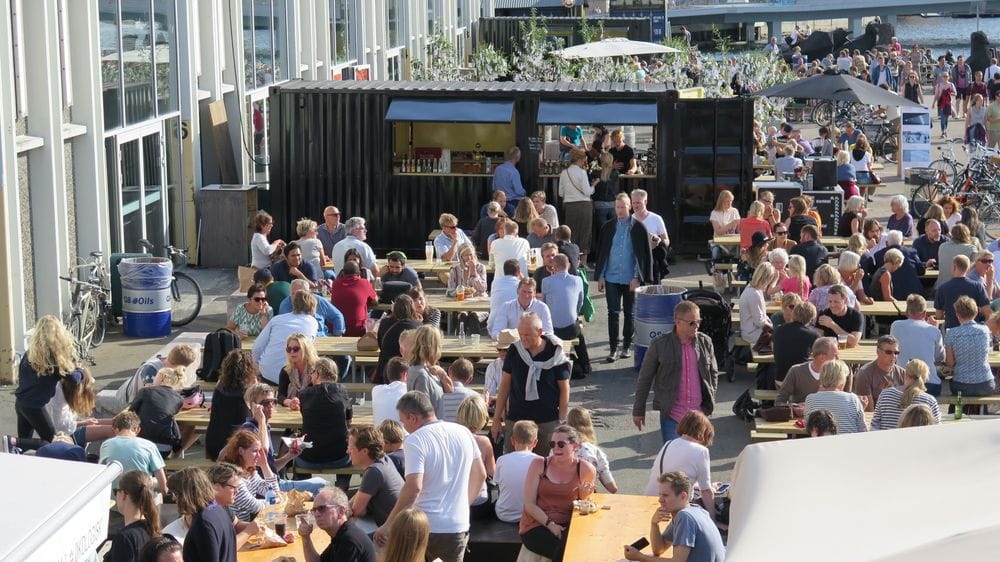
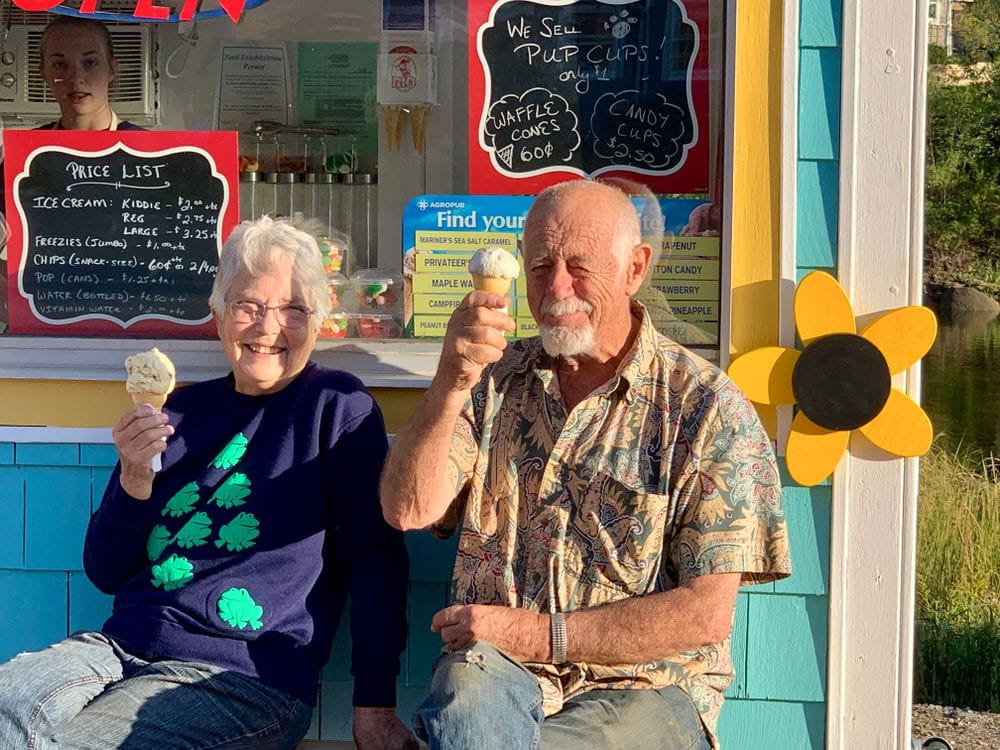
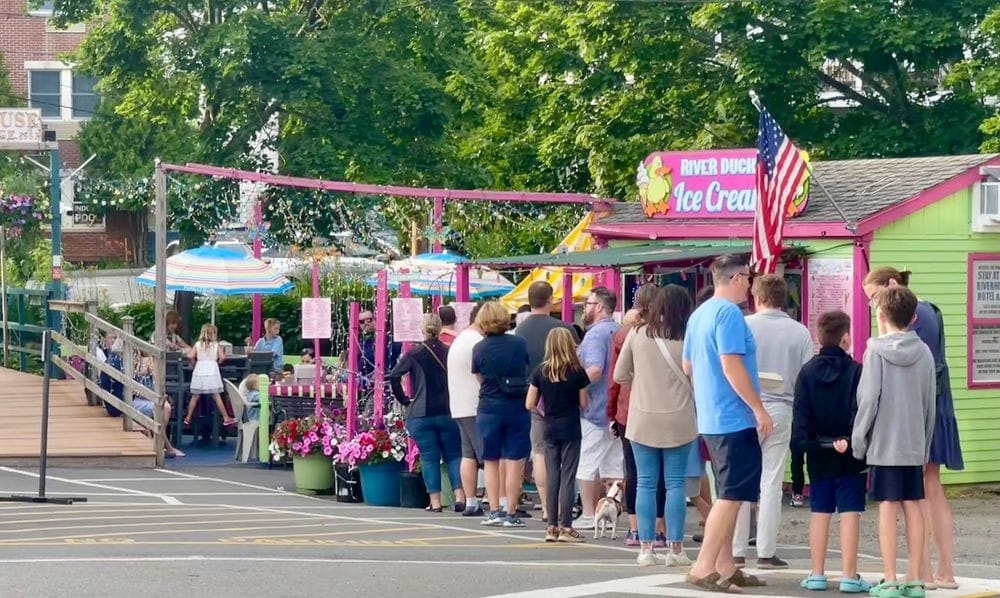
Seine, Paris, Paper Island, Copenhagen, Nova Scotia, and Camden, Maine
Articles on Refreshment
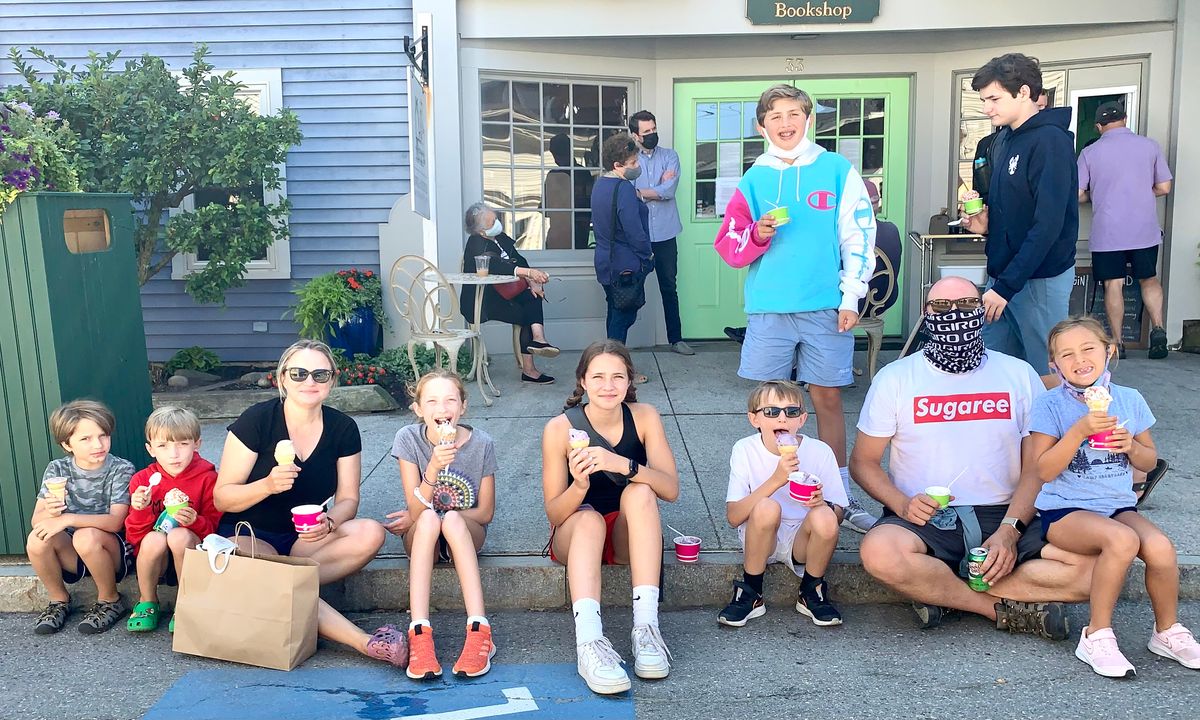
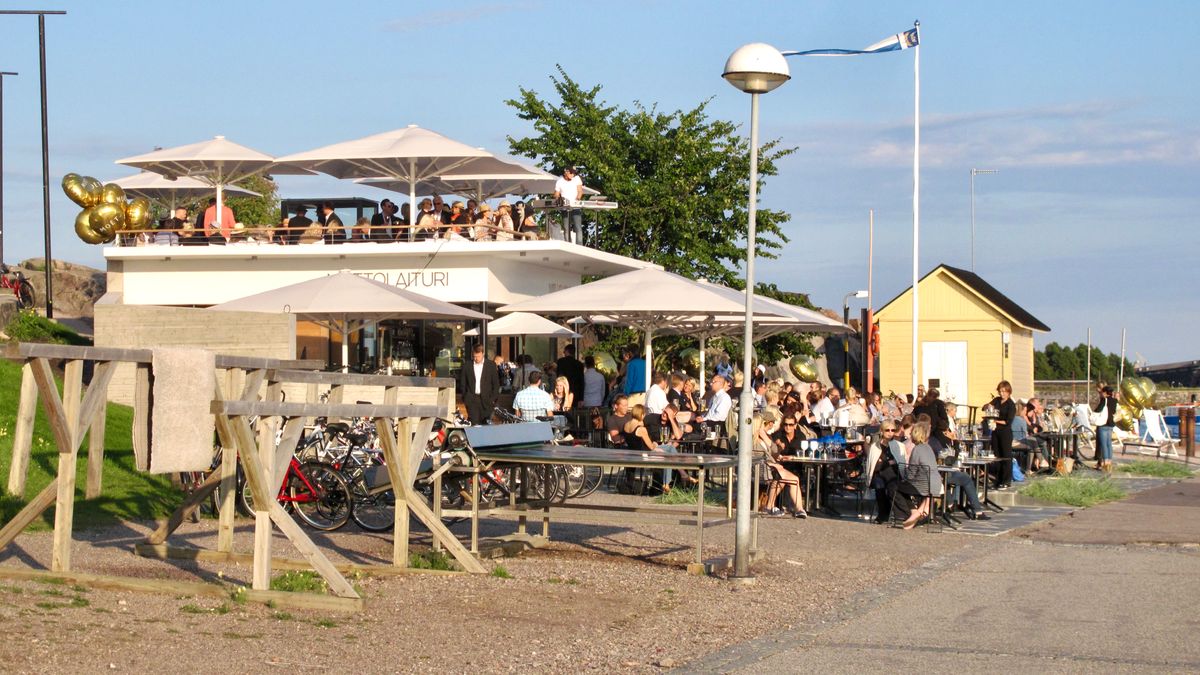
The key to creating great public places is adding features that make them places where people want to be and feel comfortable being. This is what amenities accomplish. They add comfort, convenience, security, and pleasure. They transform a bare plot of land into a destination, a space into a place. As such, they are core tools in Placemaking and should be leveraged in order to create a great public realm.

![[Amenities] - Resource Guide/Evergreen Article](/content/images/size/w2000/2025/06/F0B03337-C9A4-4C2C-90BB-F819B5AA3E1F.jpeg)








